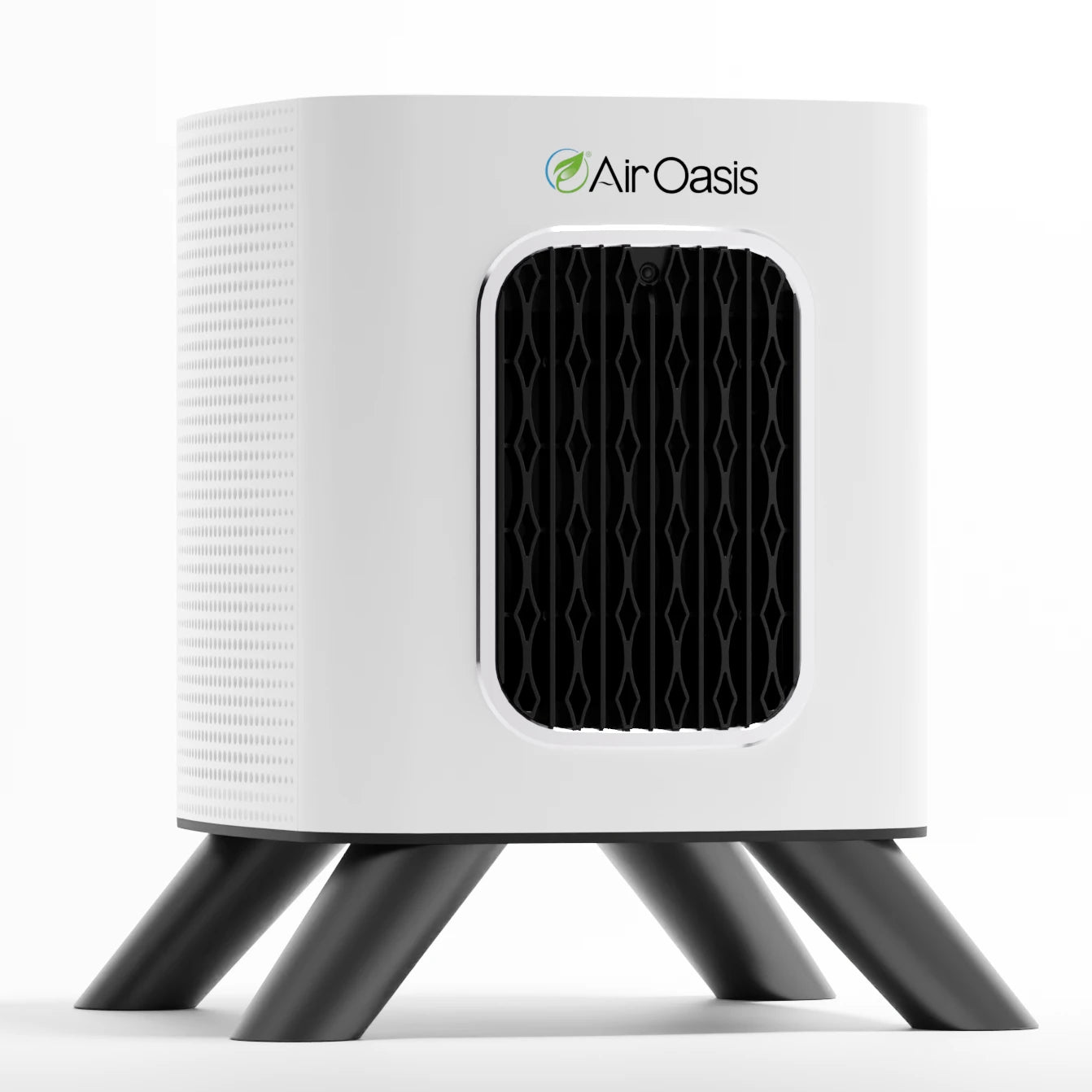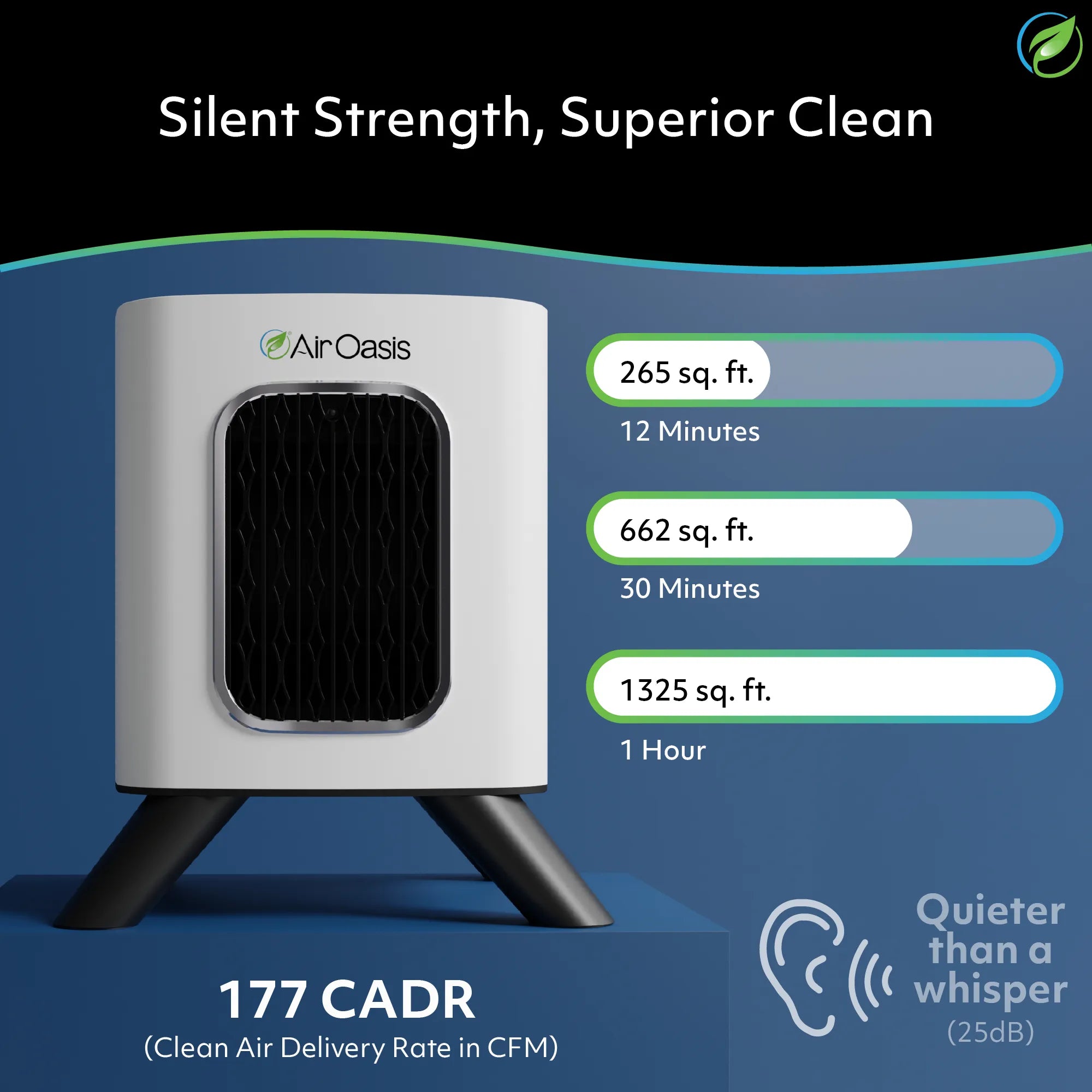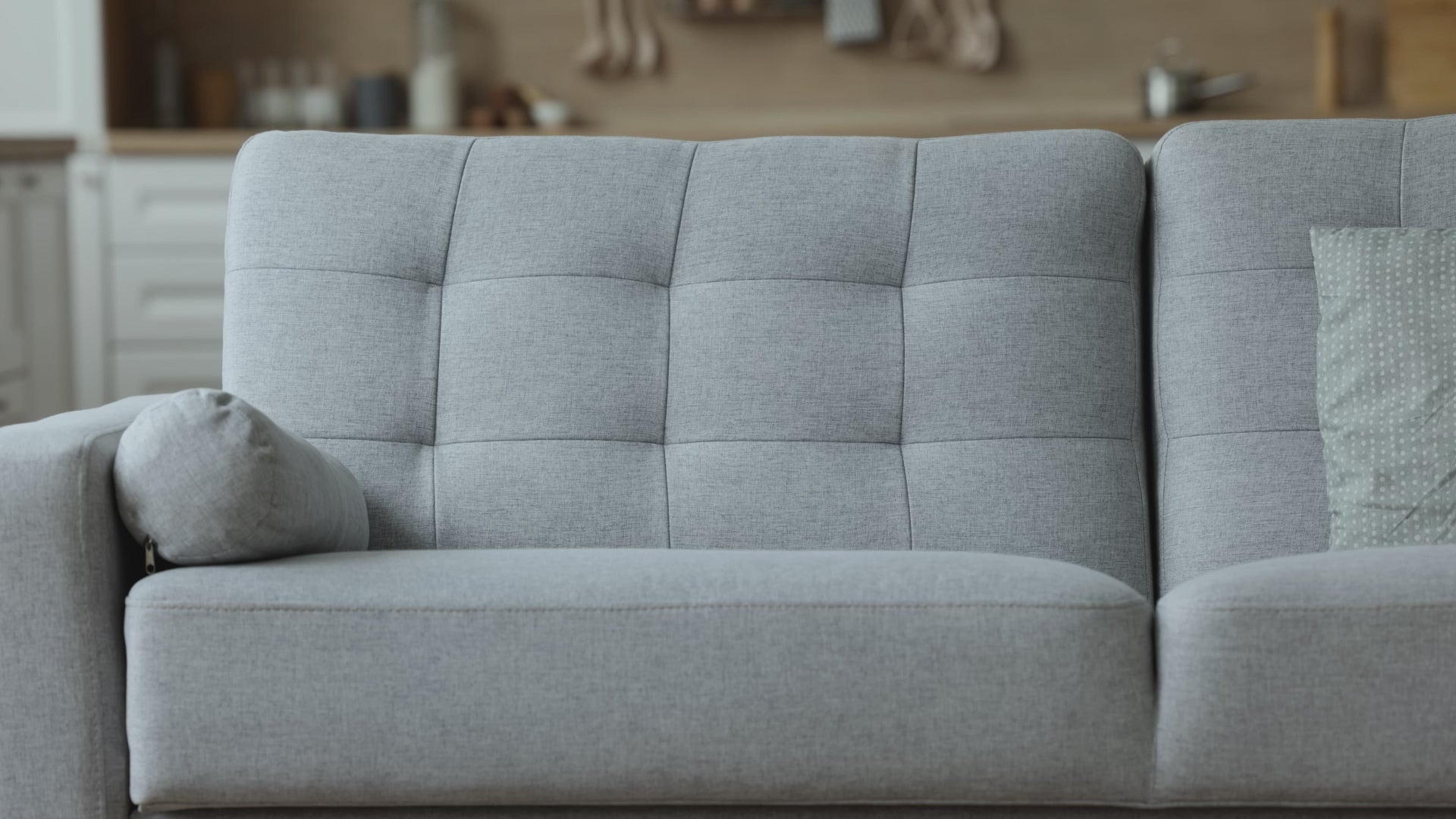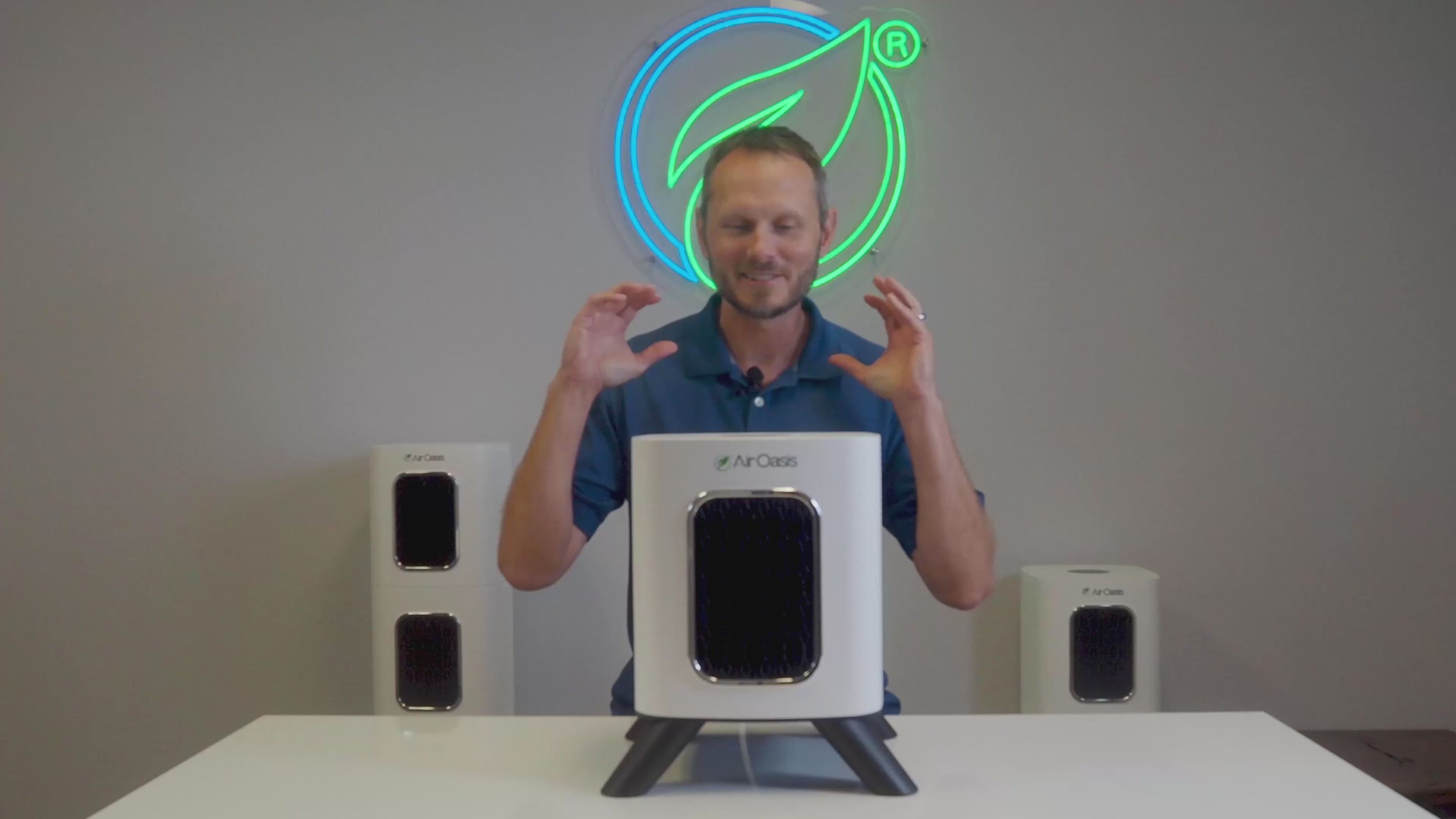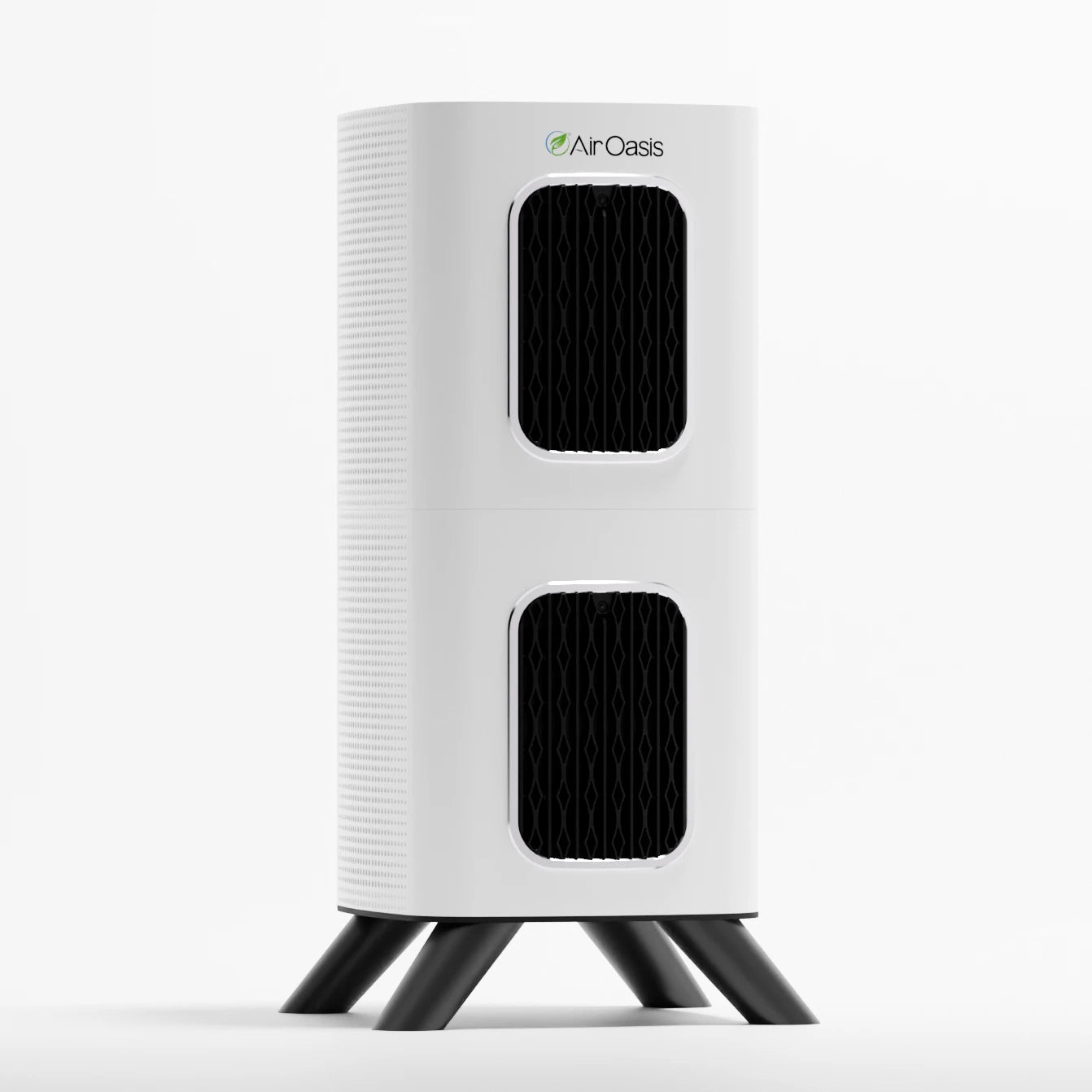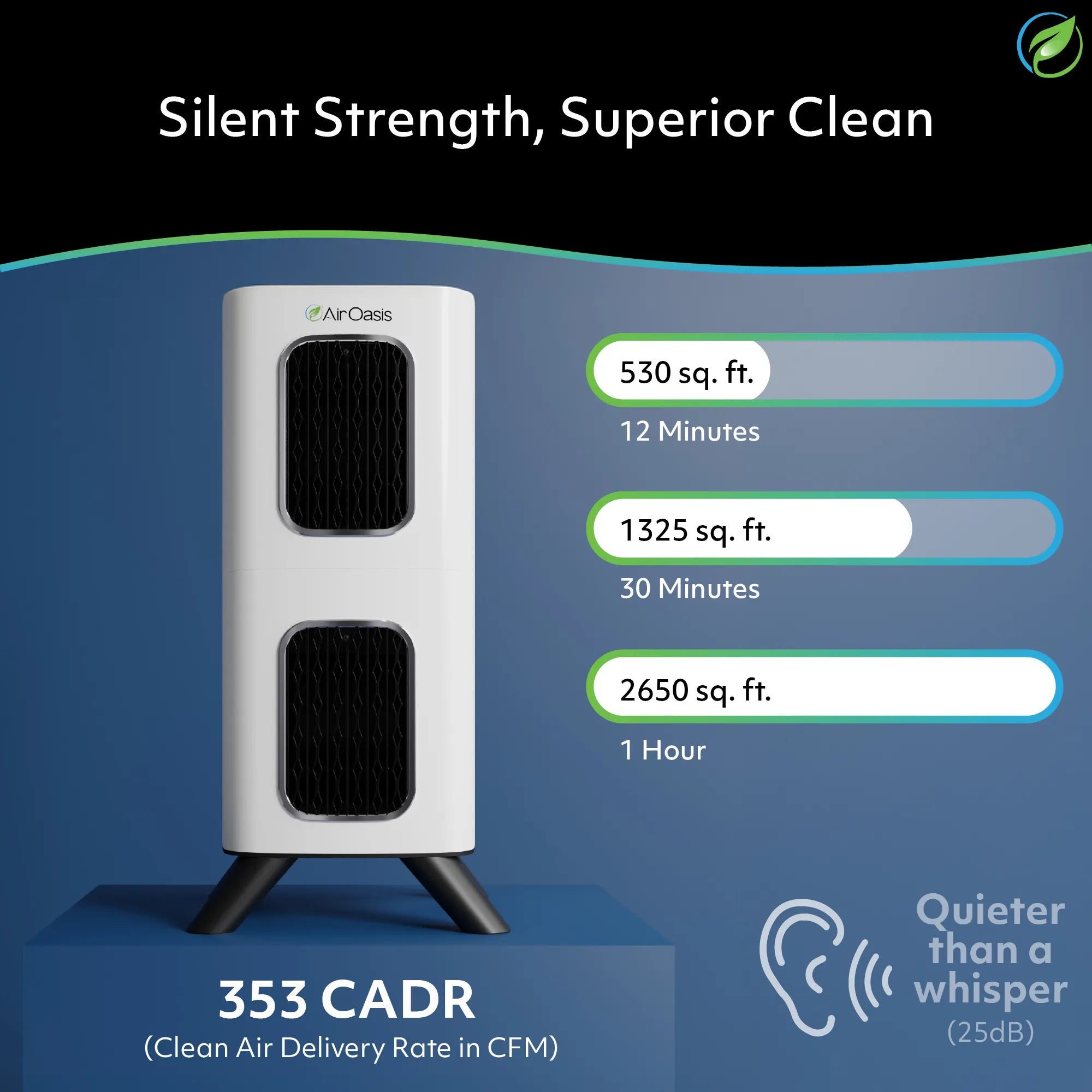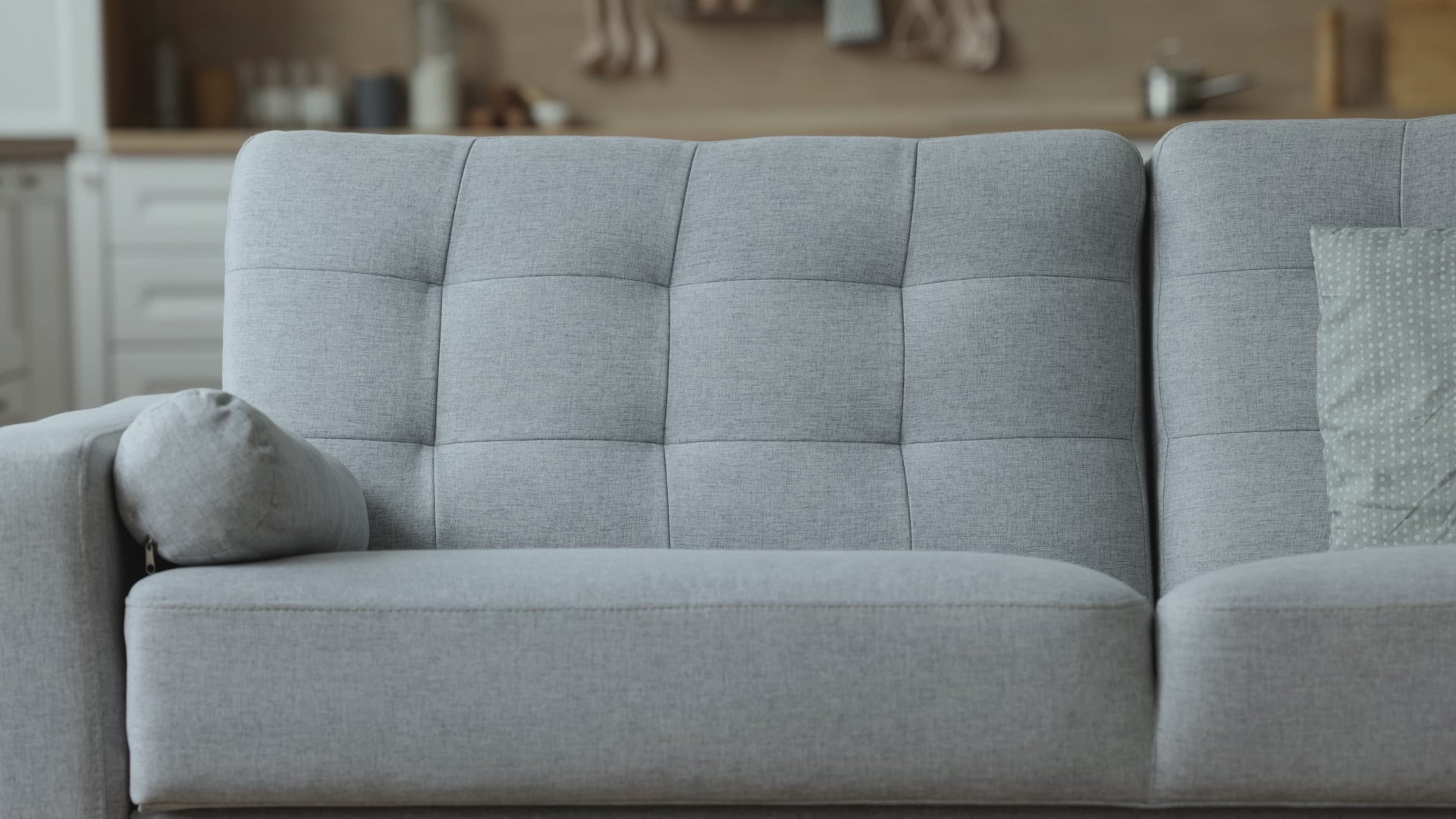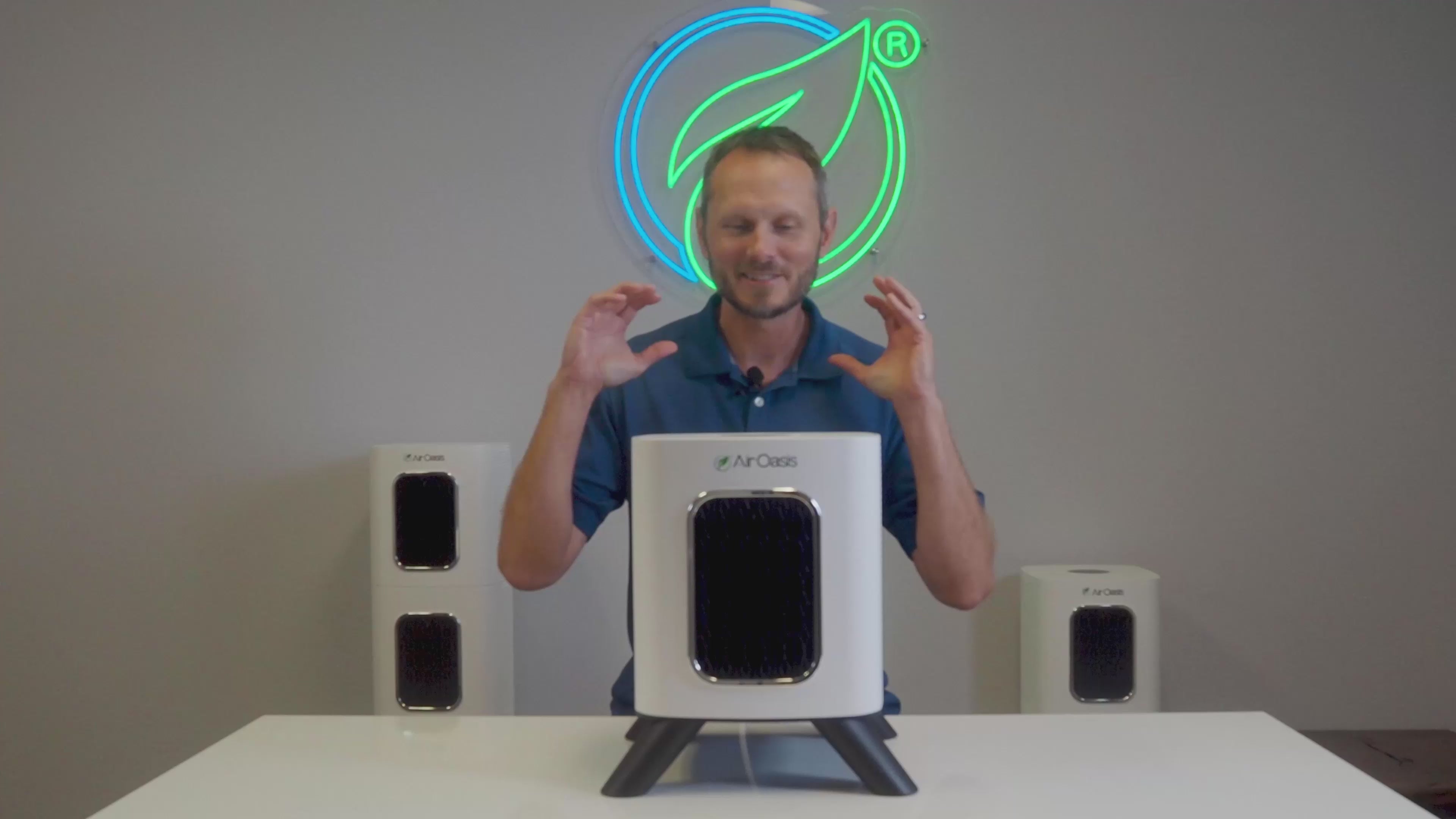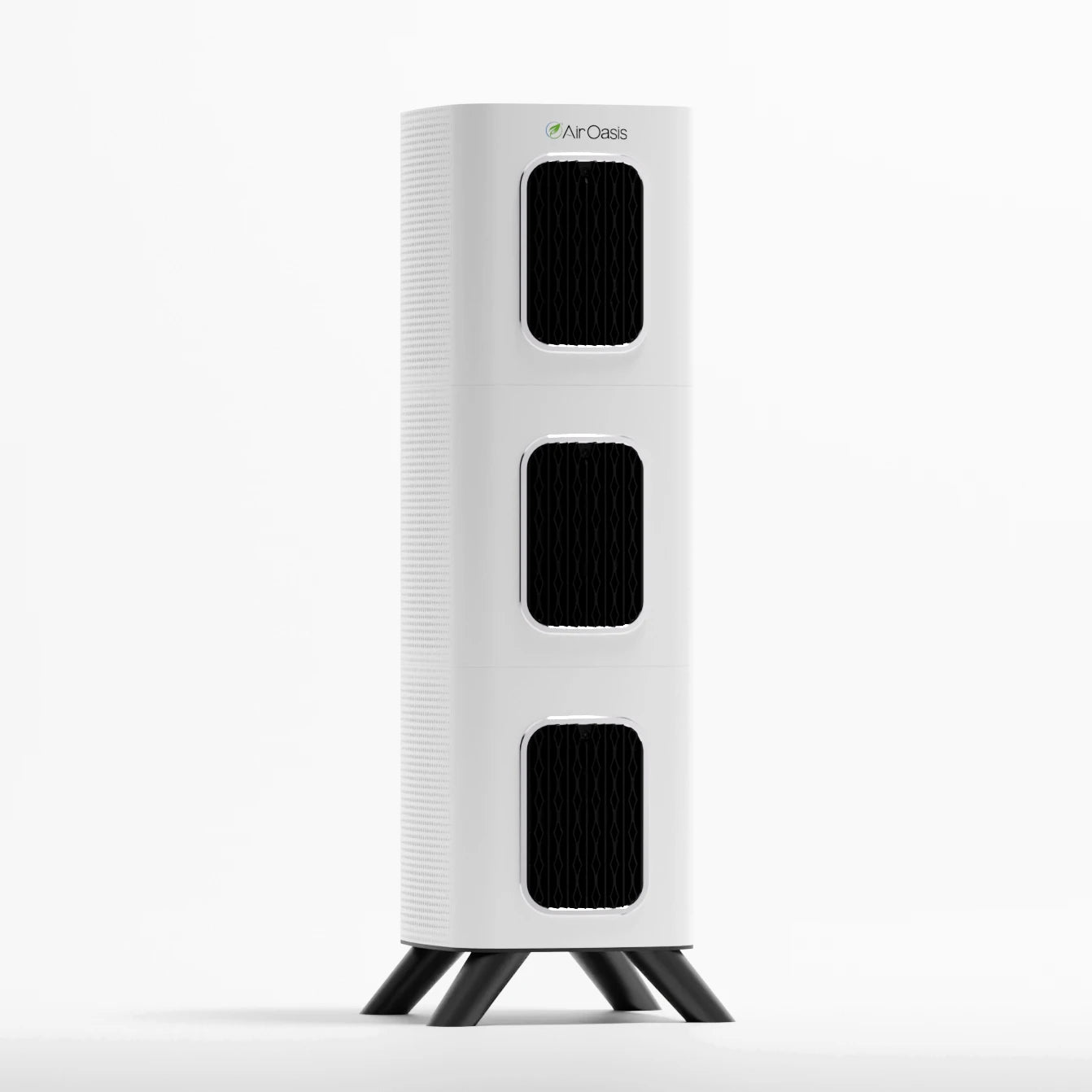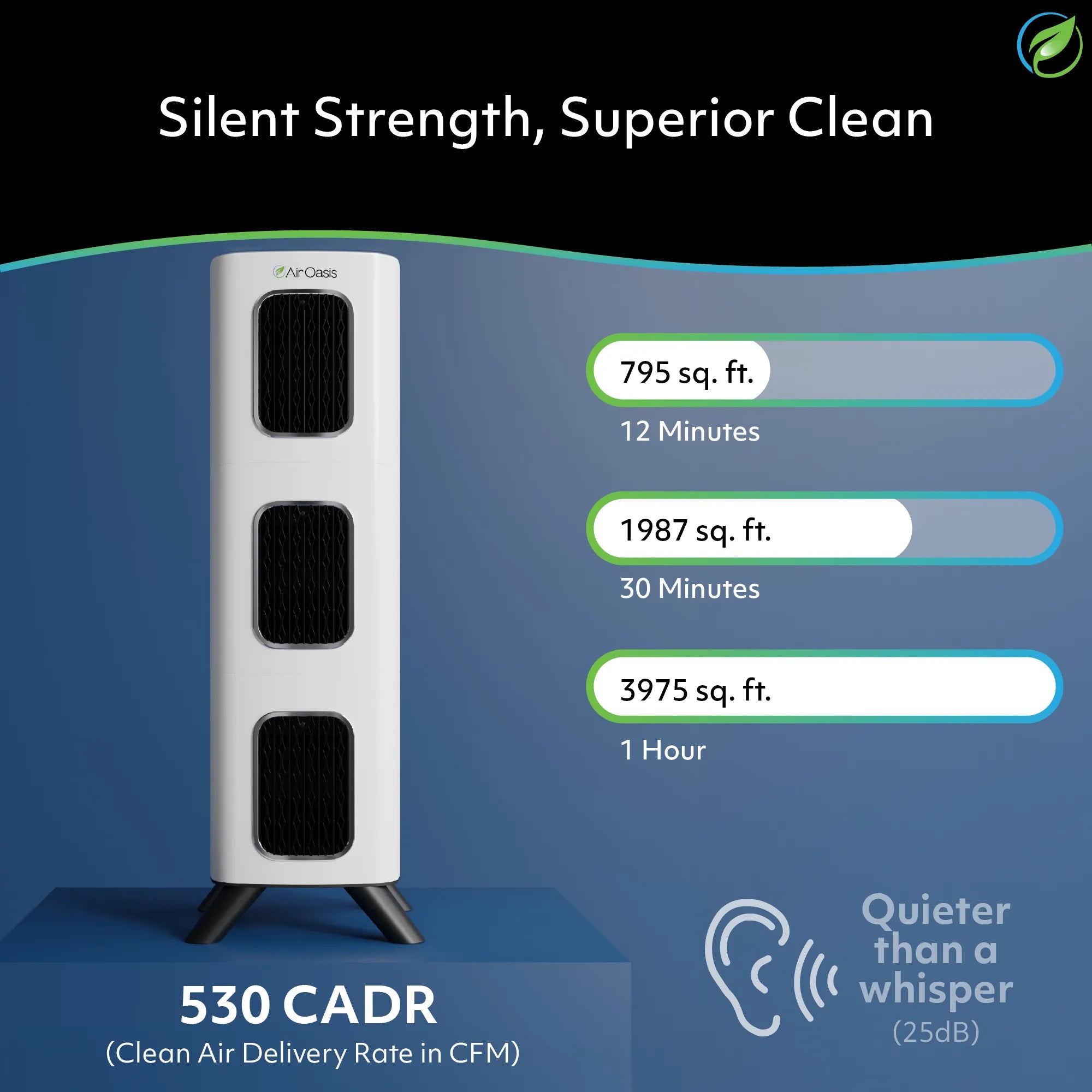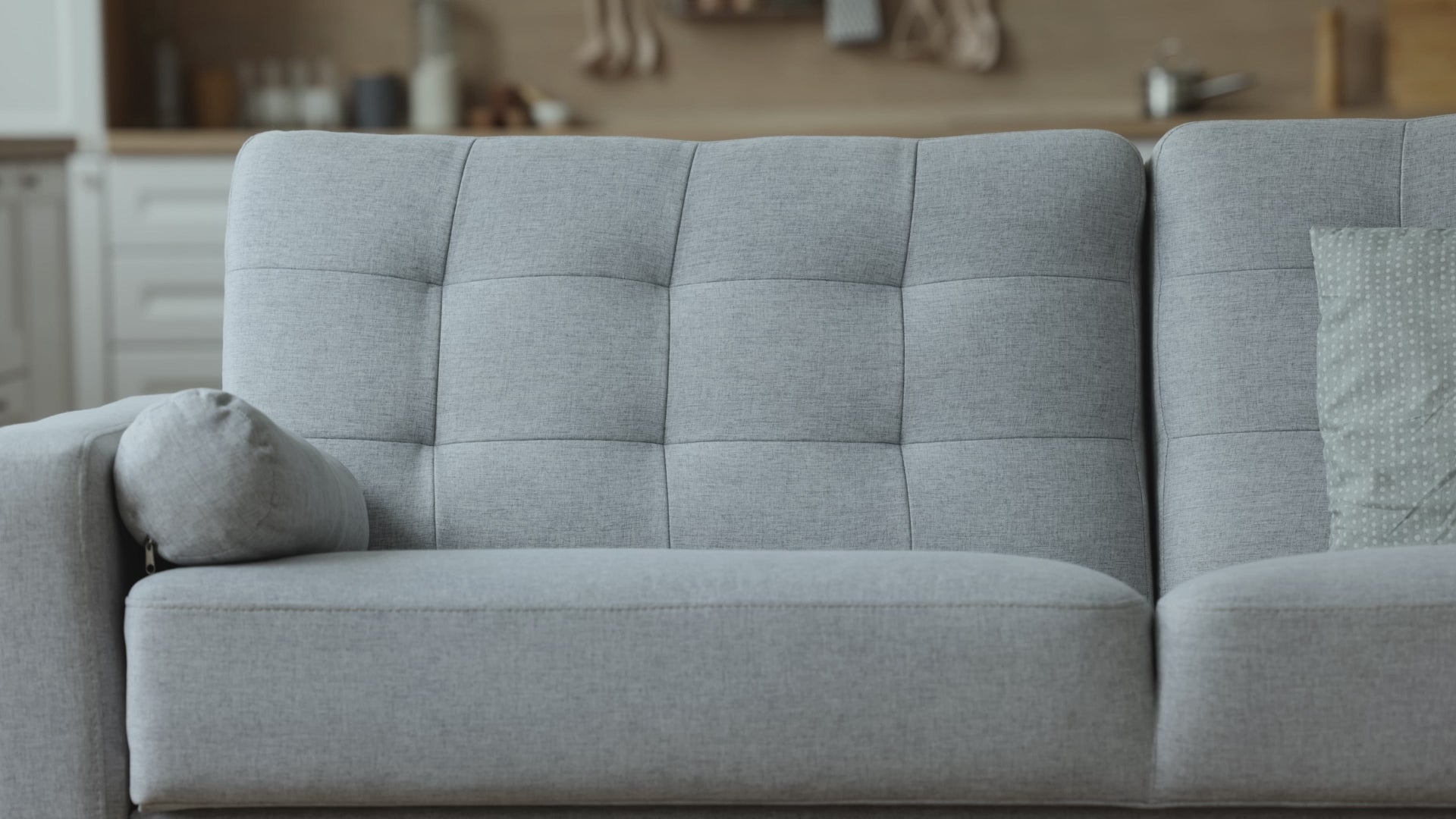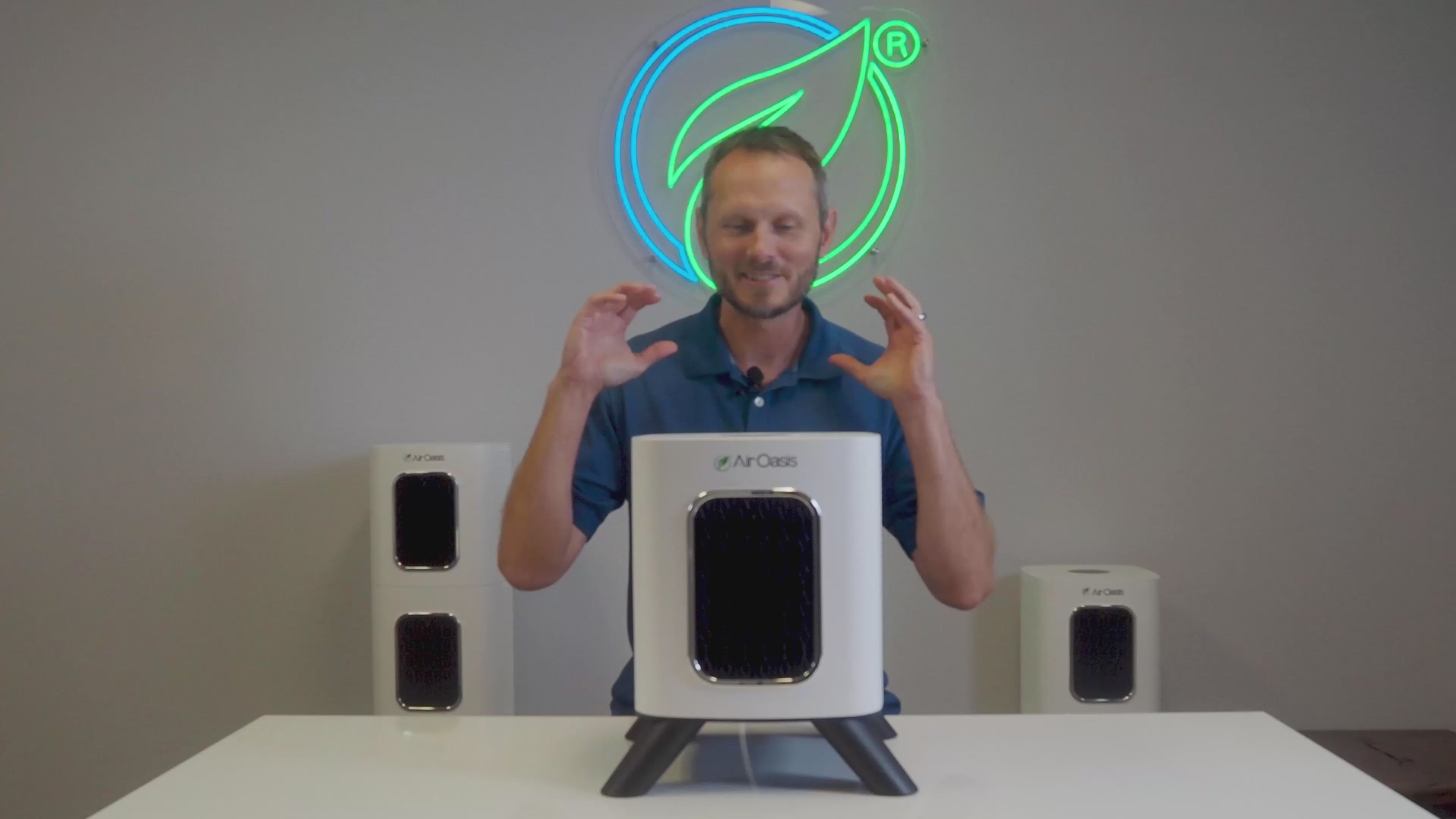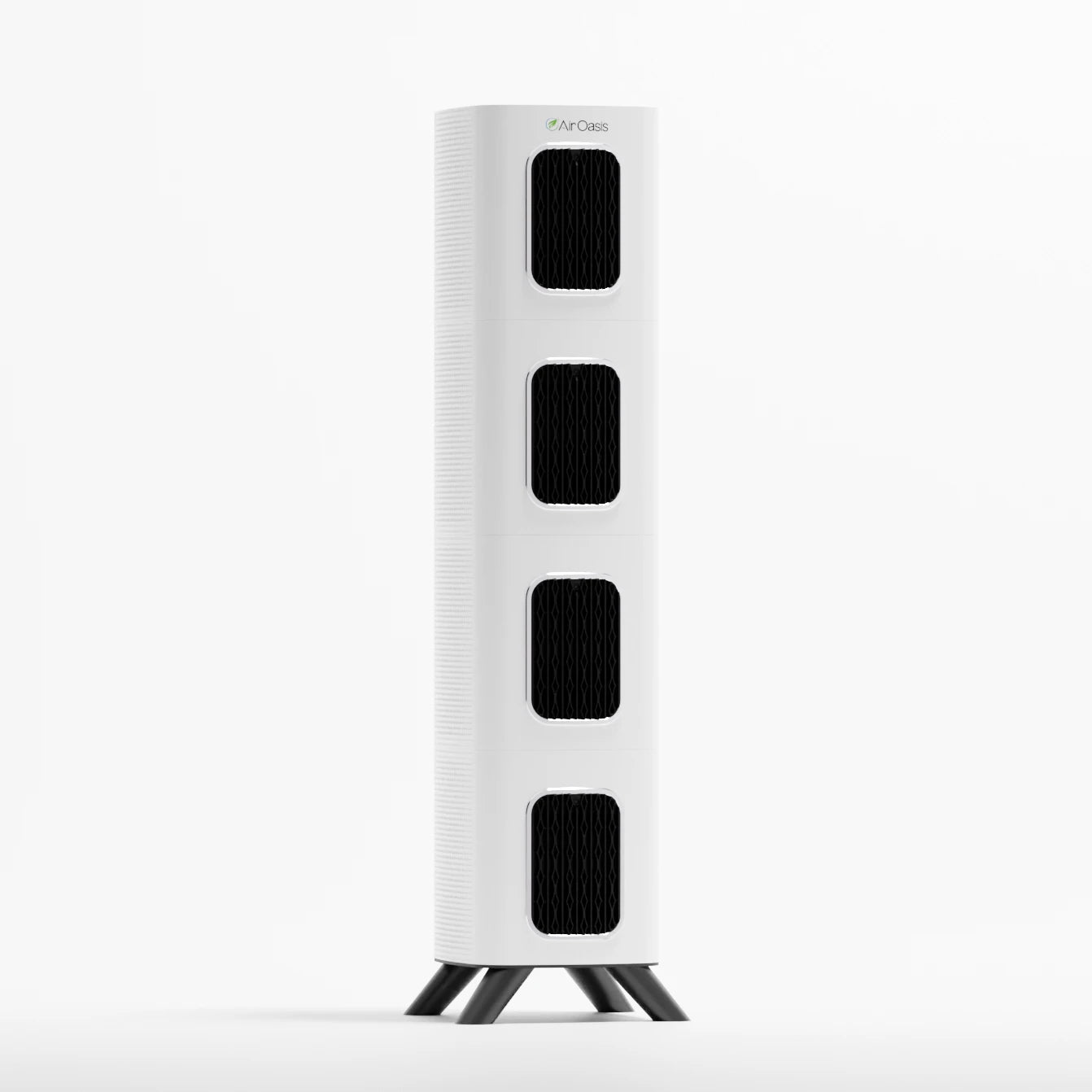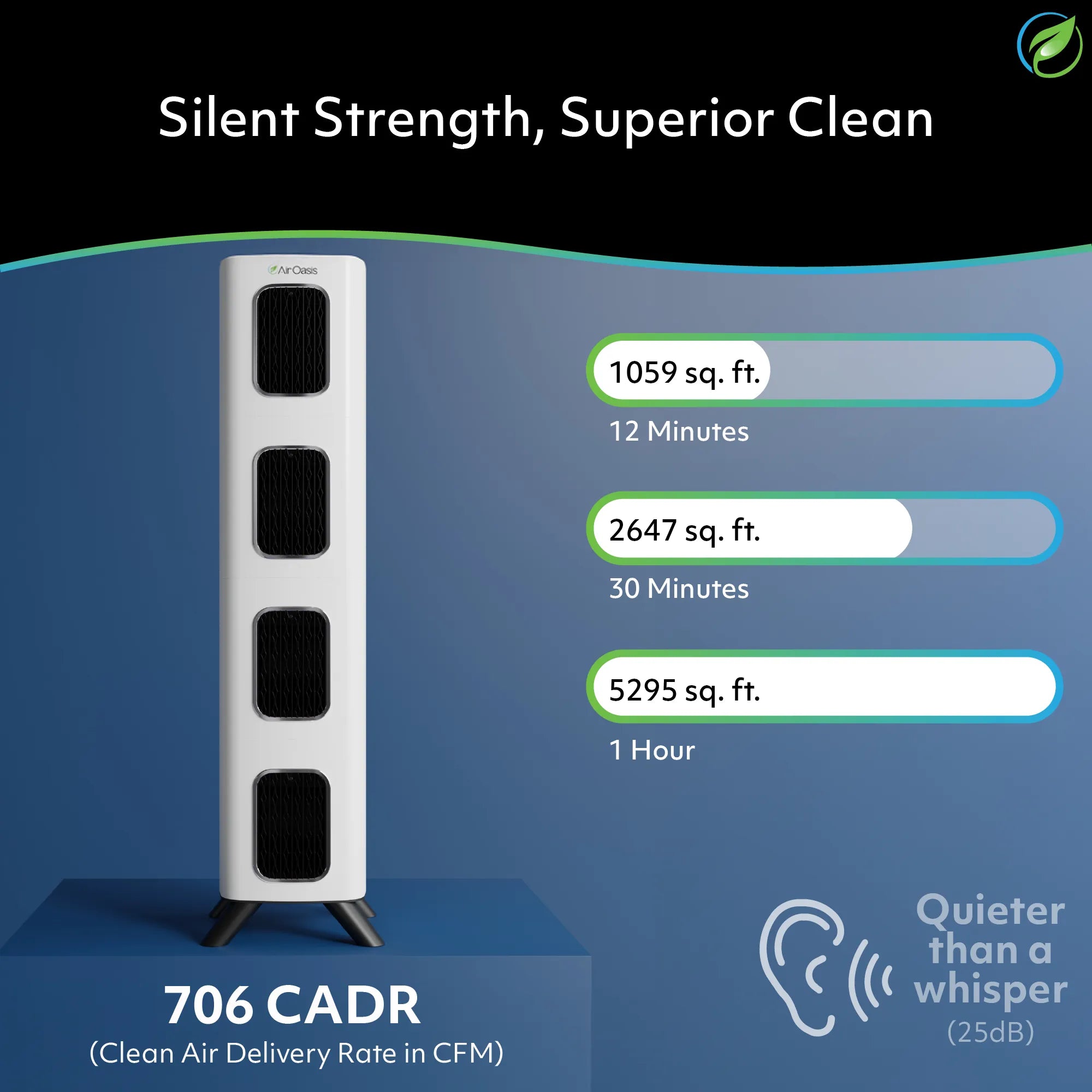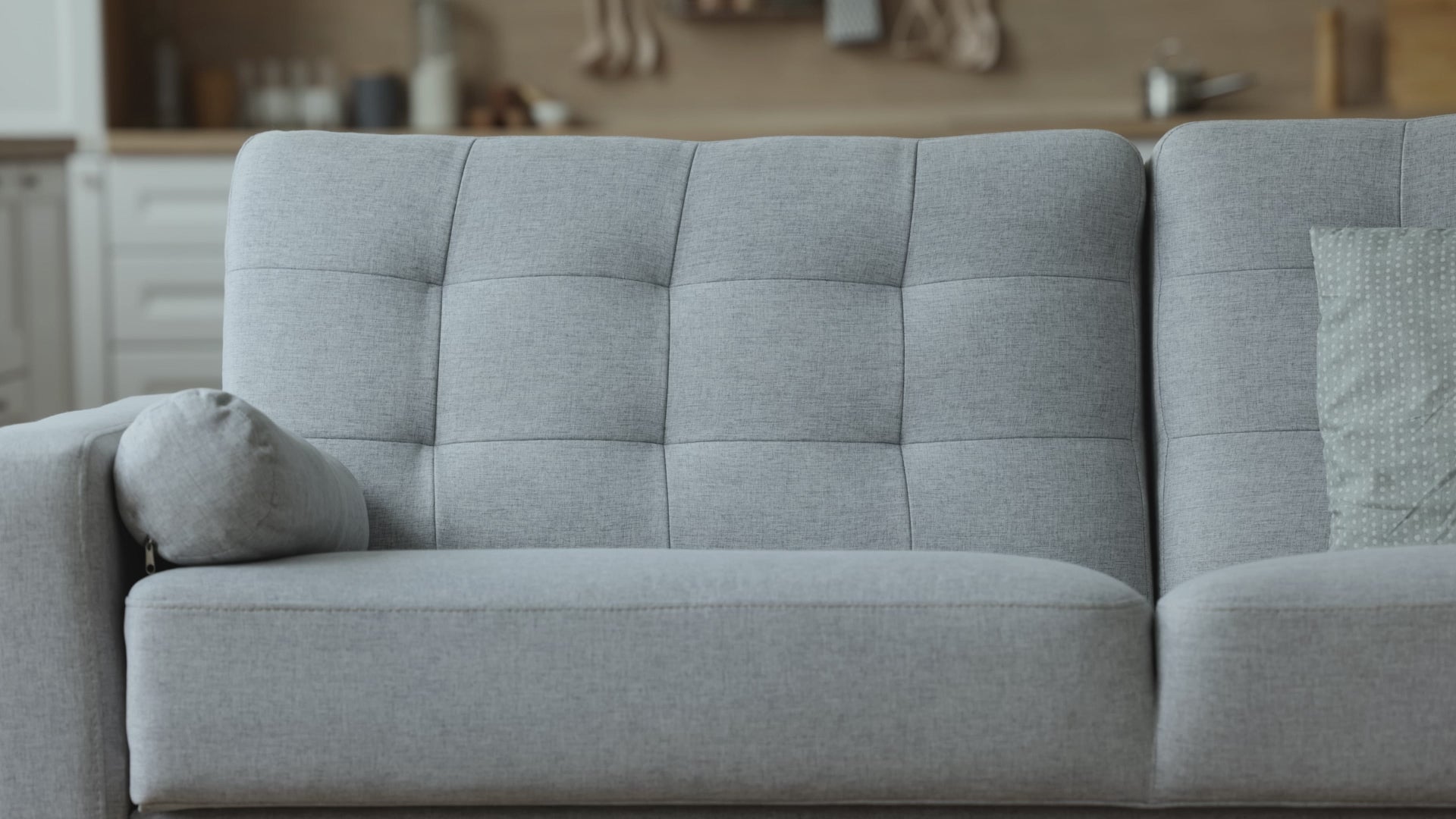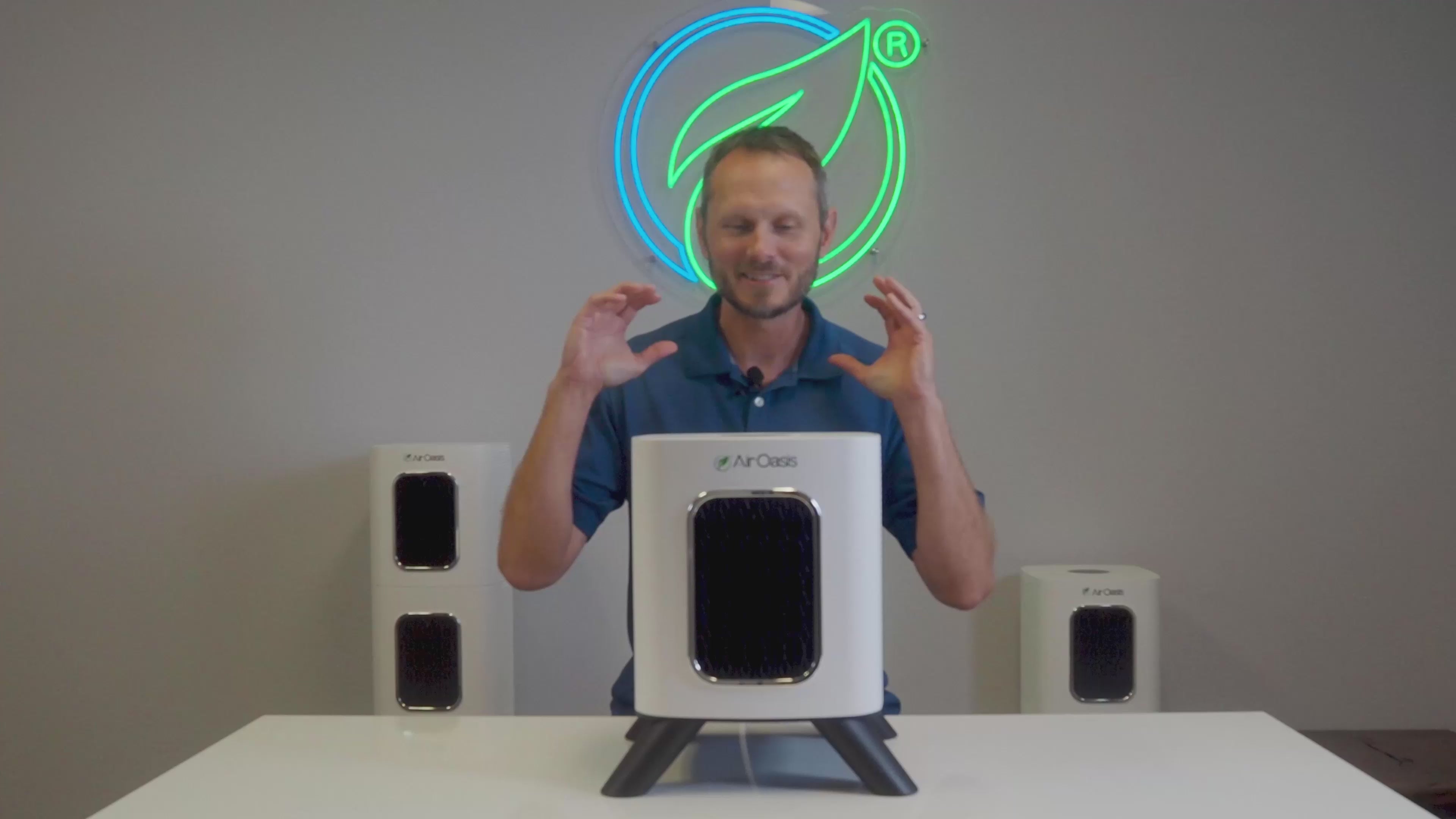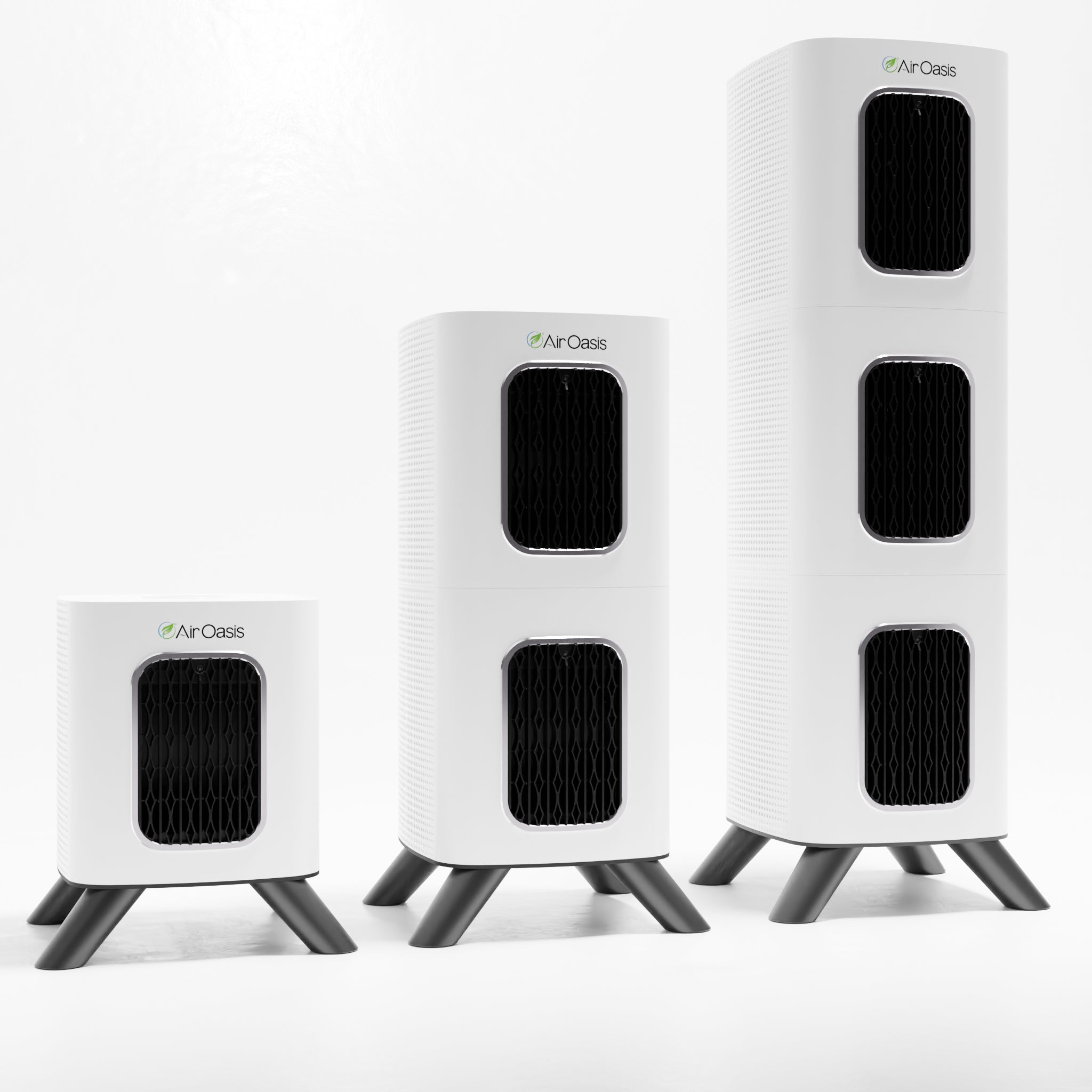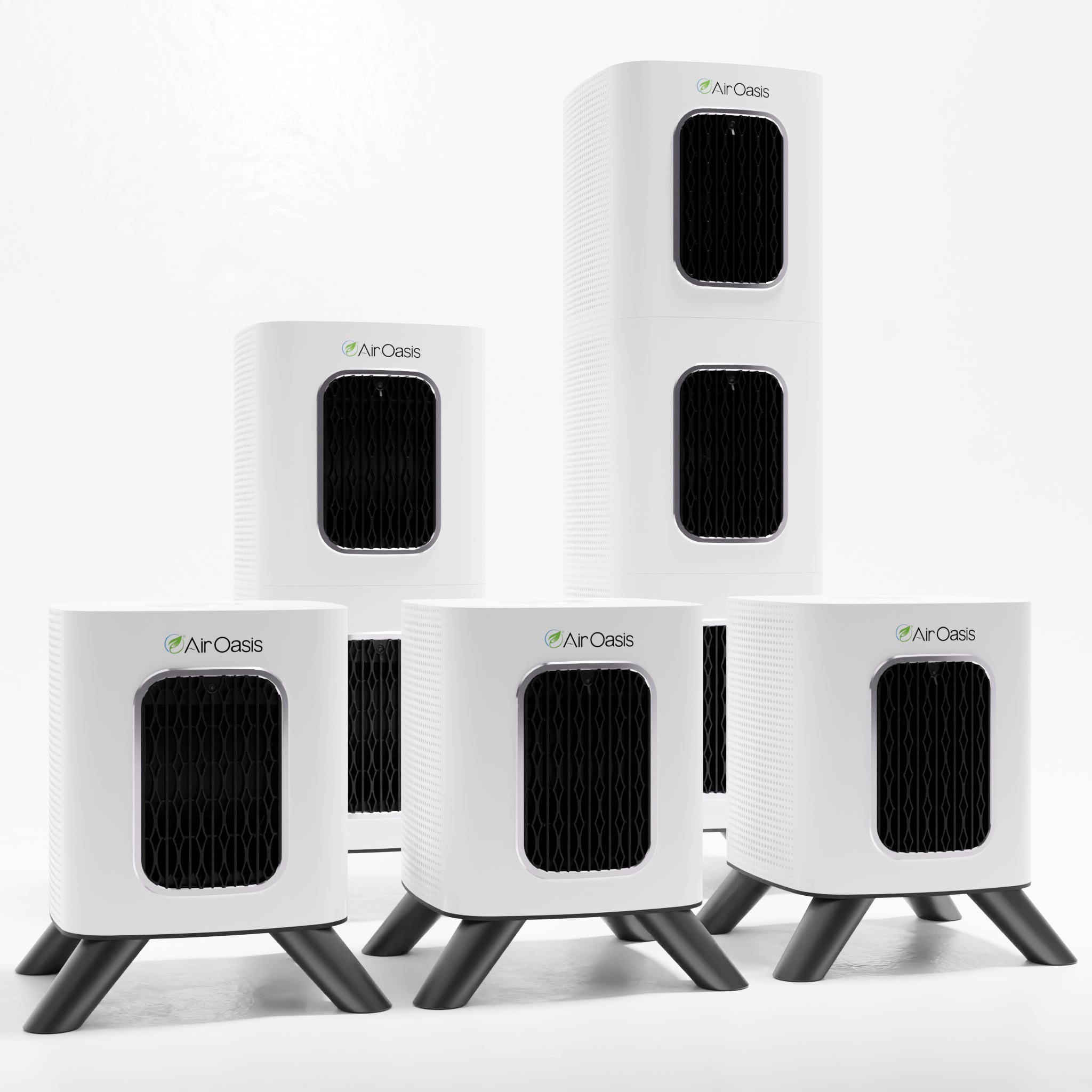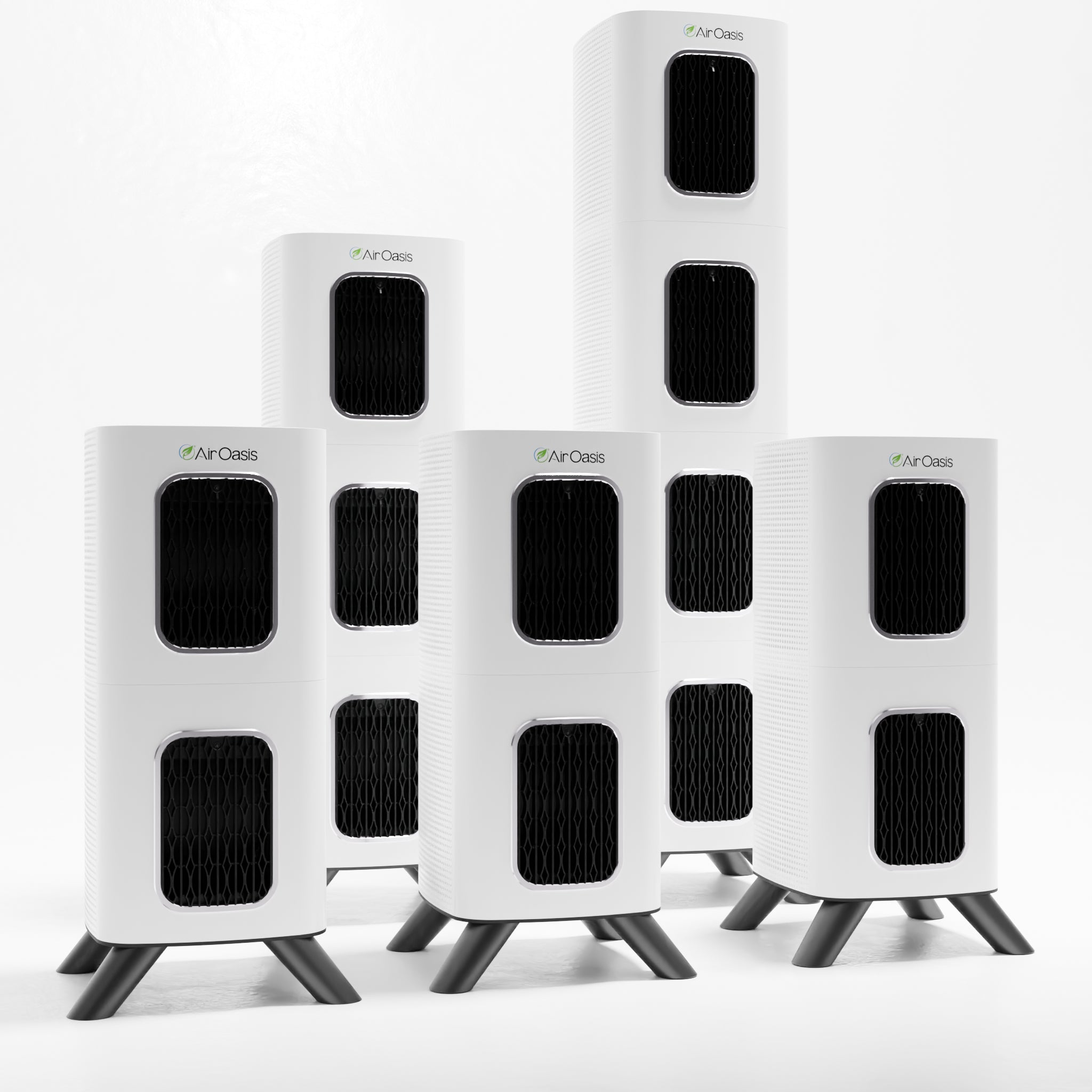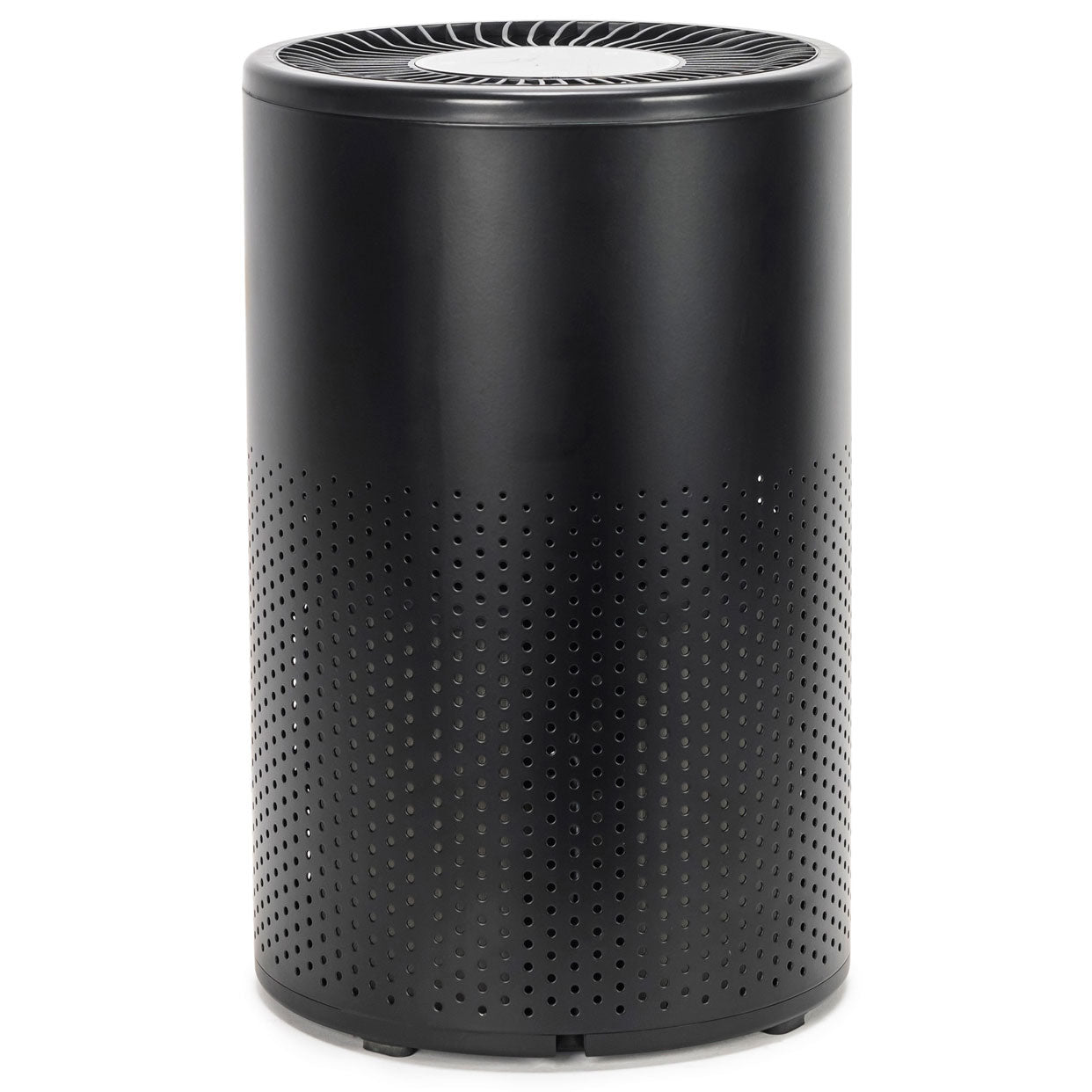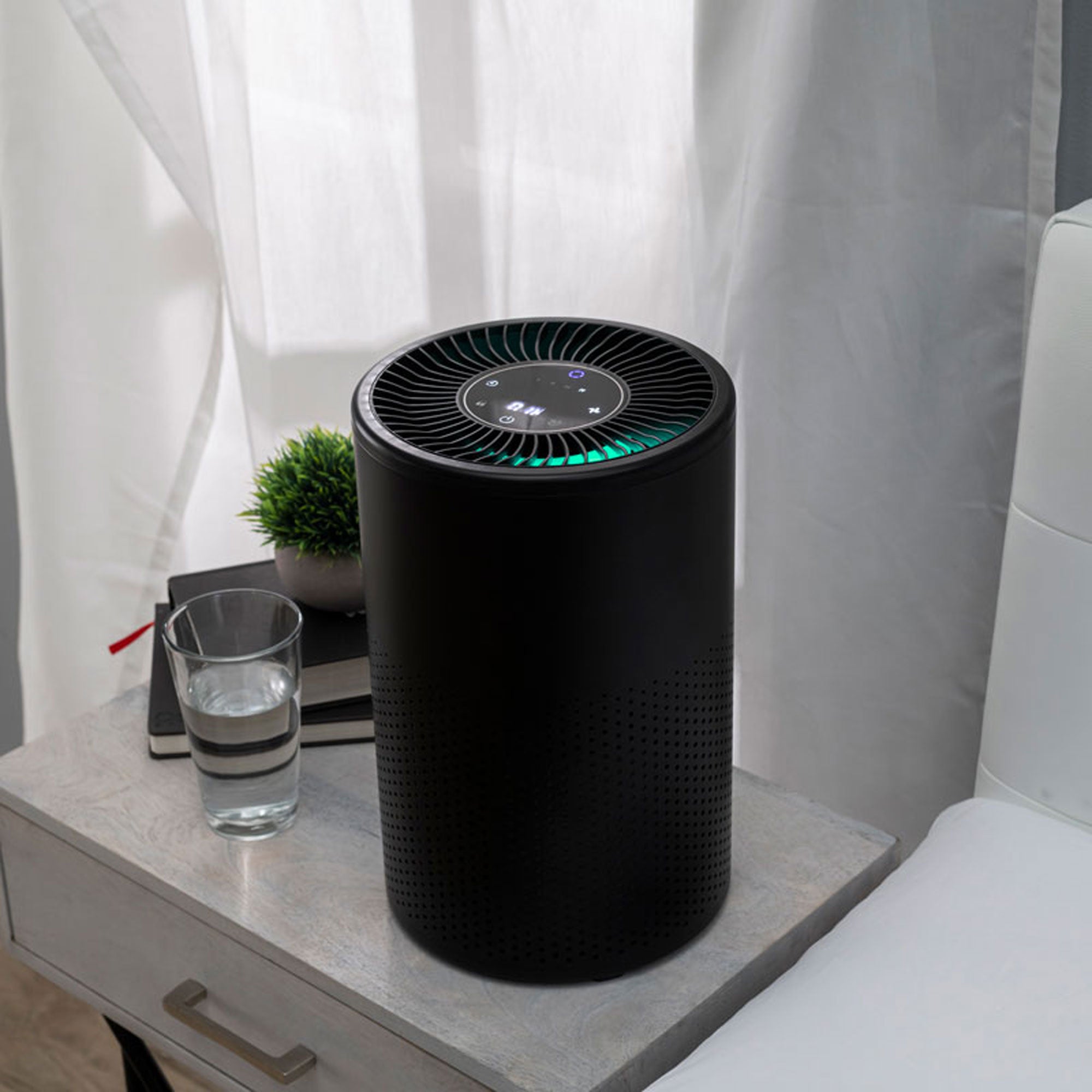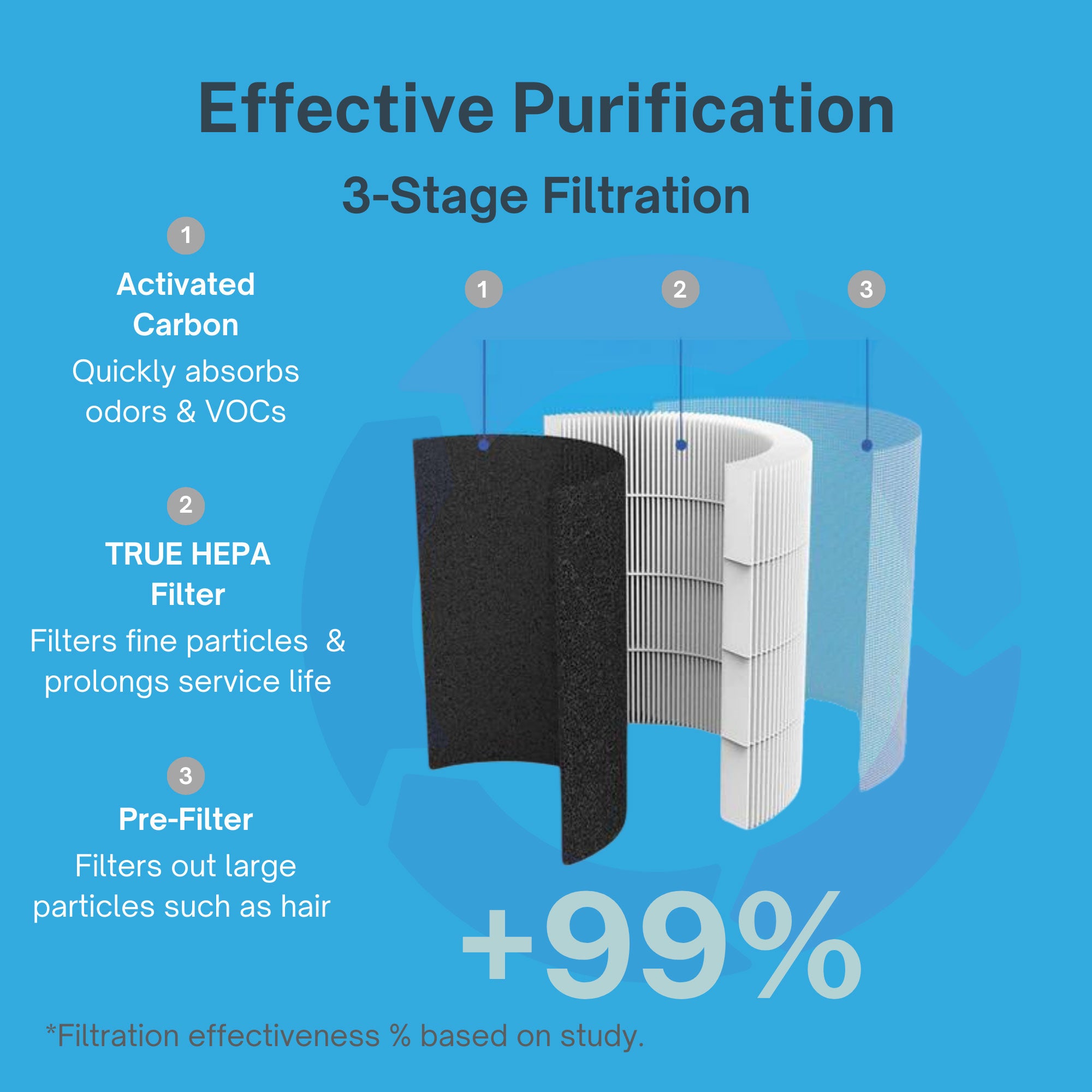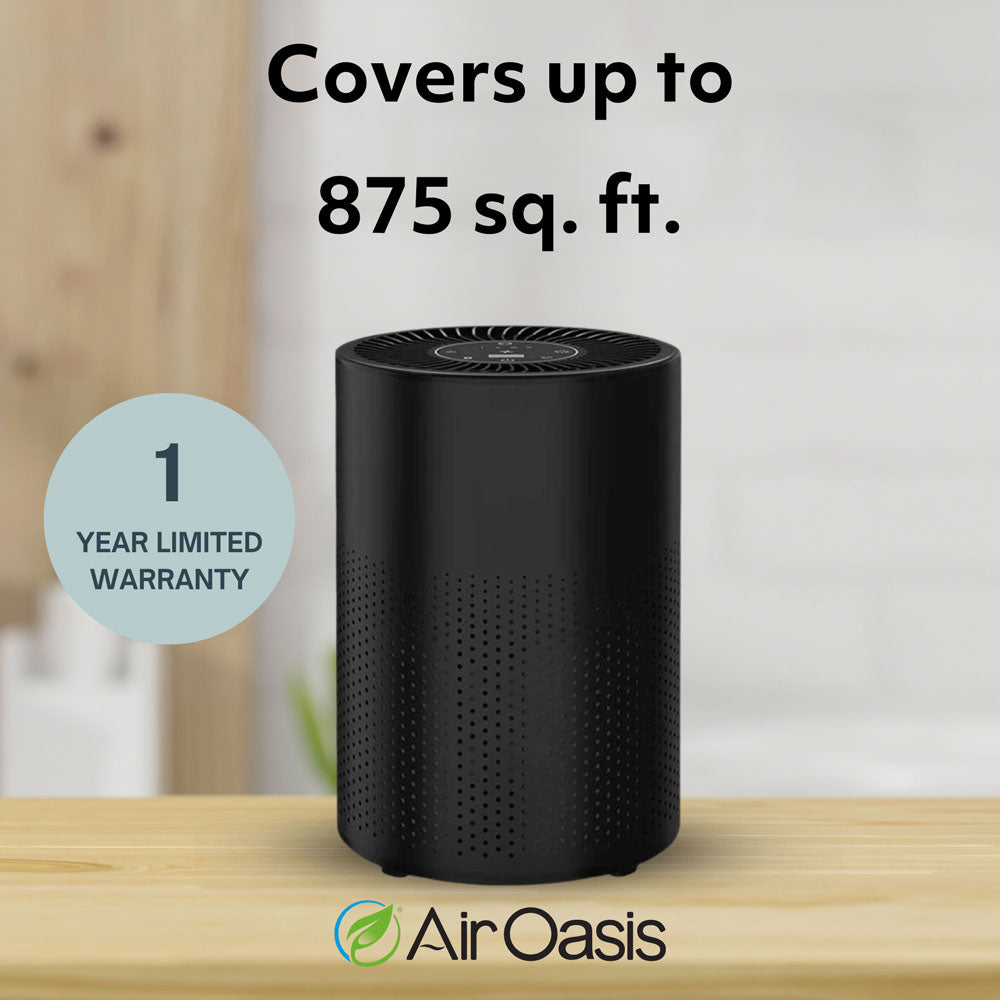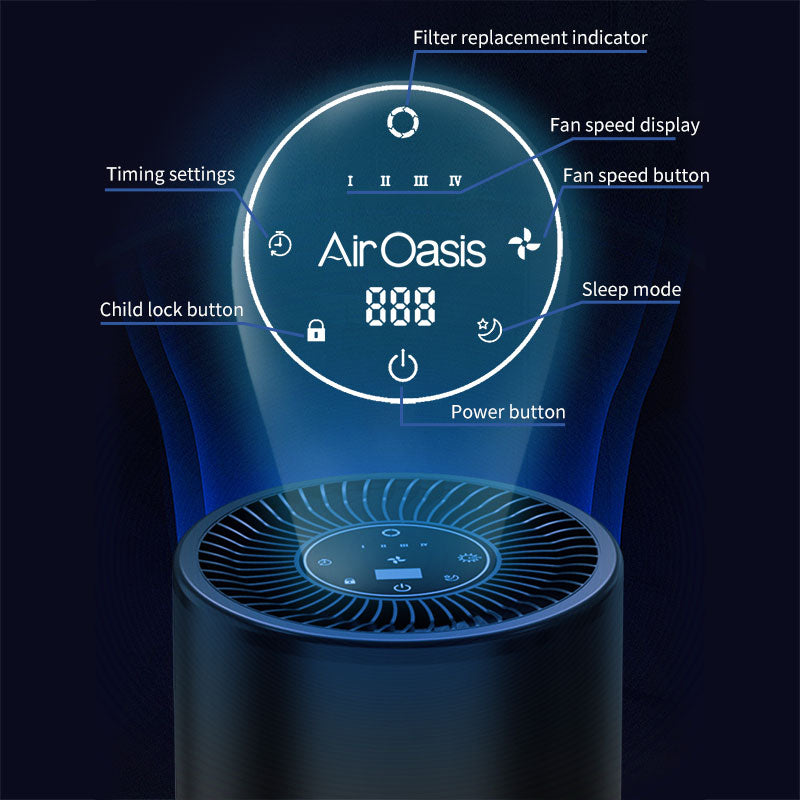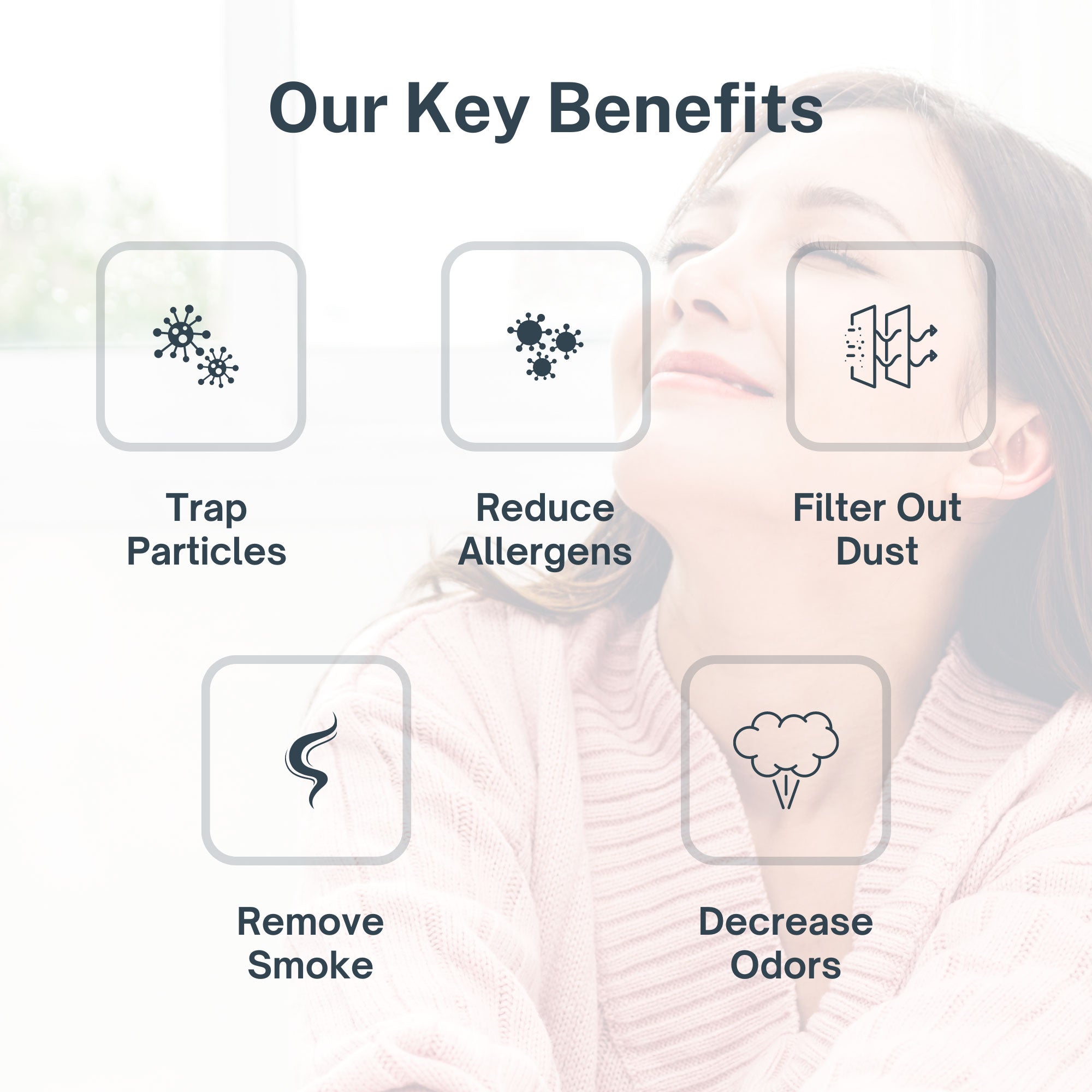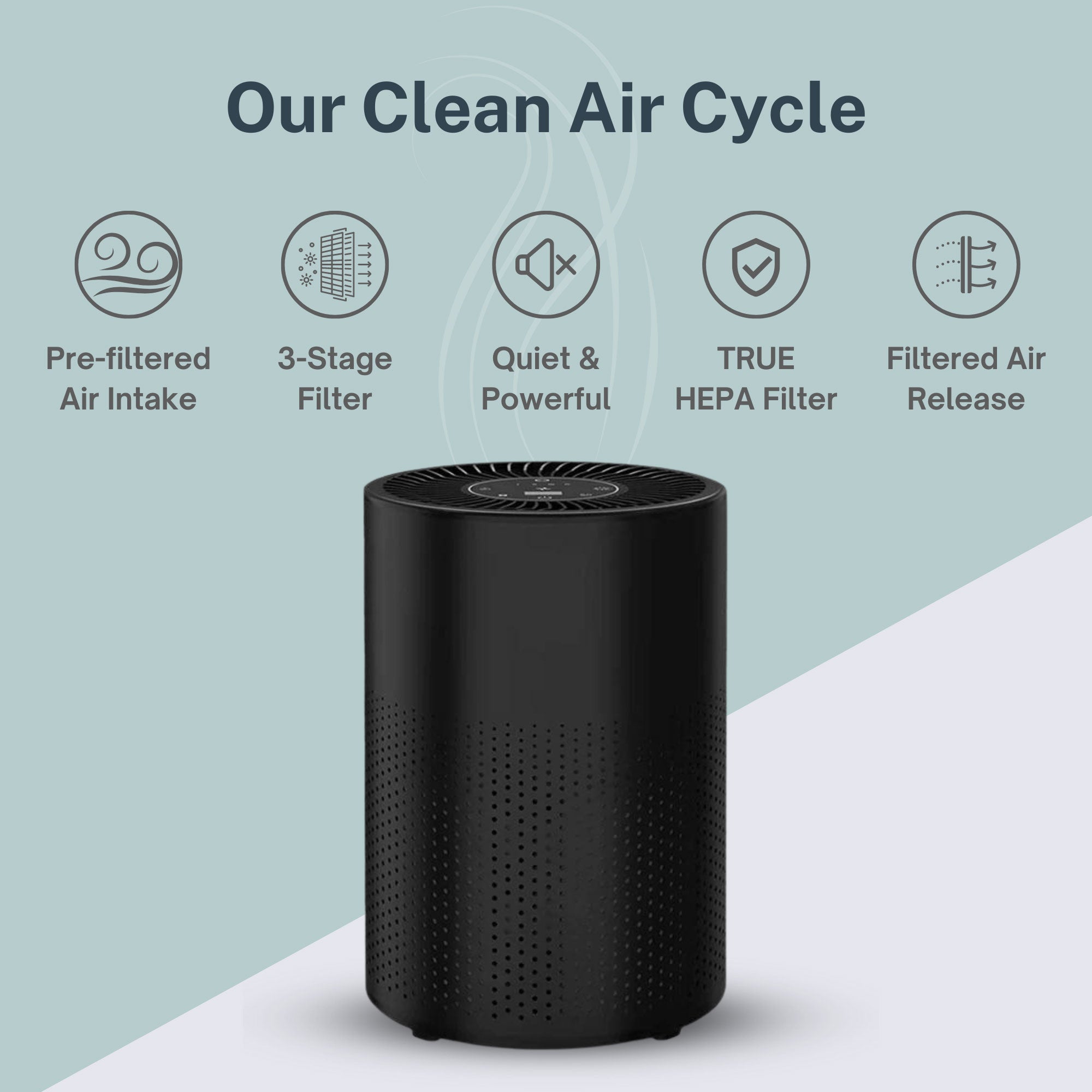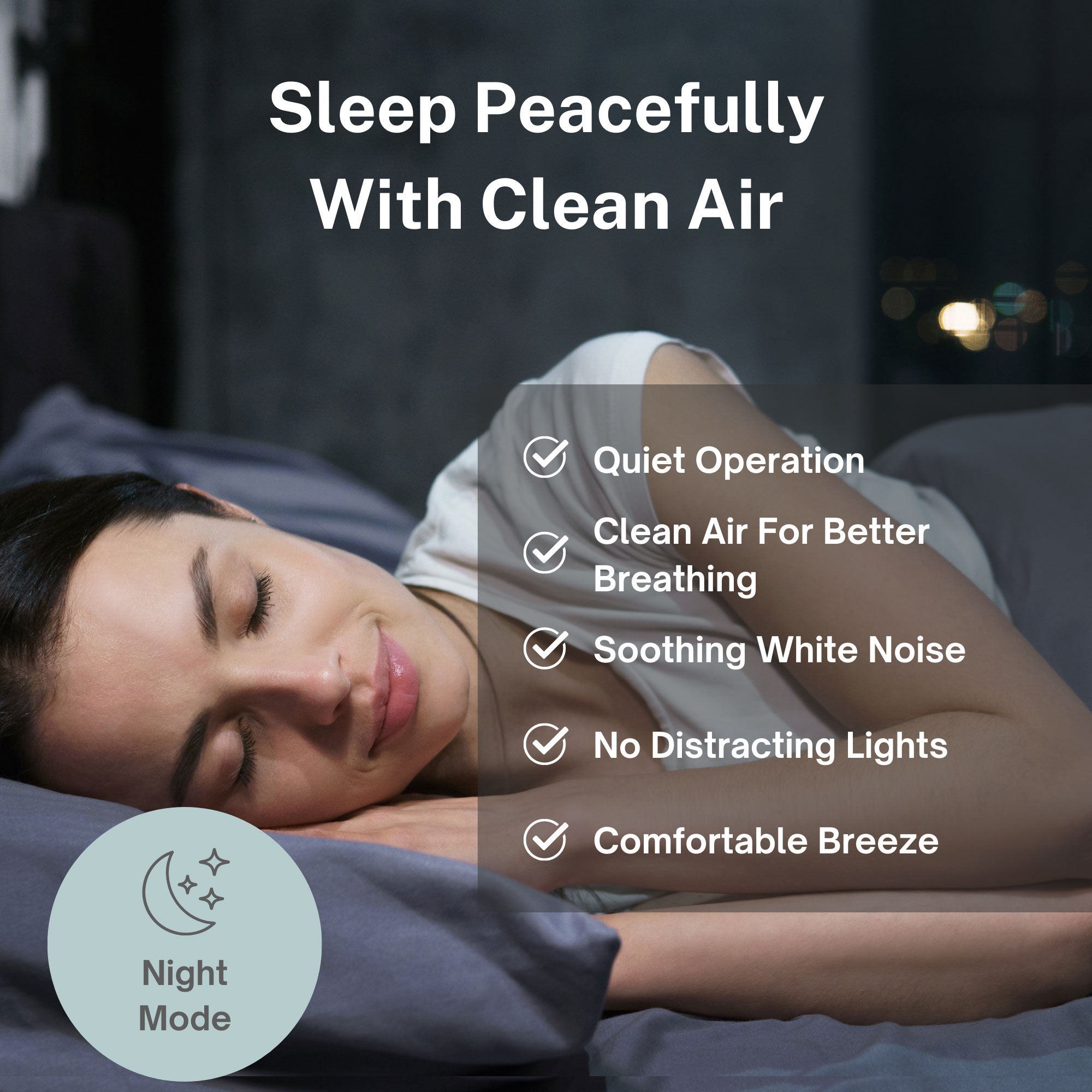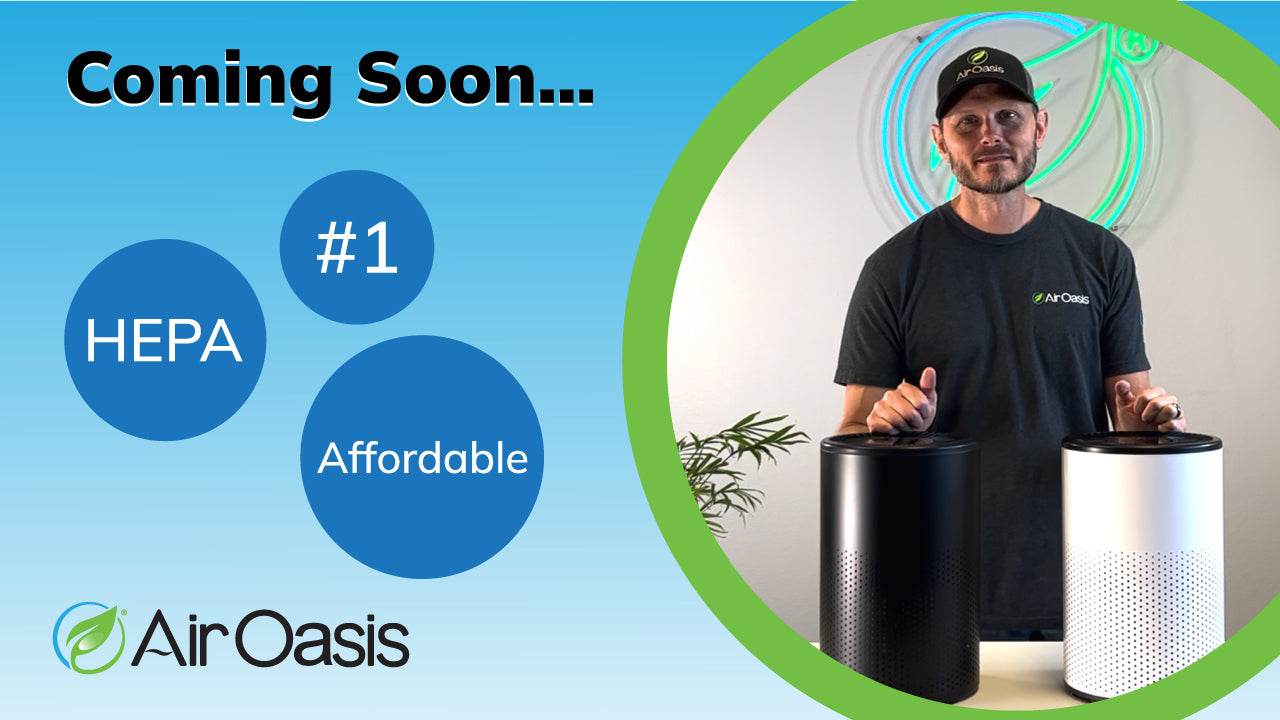Can you imagine living with a chronic cold? If you suffer from indoor allergies, you probably can. For many people with allergies, symptoms like runny nose, nasal congestion and headache are everyday conditions. However, there are ways to mitigate those symptoms.
If you’re searching for indoor allergy relief, there are several different approaches you may want to consider. You can address the allergy symptoms with medications, try to remove the allergens from your home or clean your indoor air with a high-quality air purifier.
The best way to address your indoor allergies will depend on several factors, including which allergens you’re allergic to and your home environment. Keep reading to find out more about indoor allergies, what causes them and how to find relief.
At Air Oasis, we design superior air purifiers that can tackle many airborne contaminants, including viruses, chemicals, smoke, mold, allergens and more. Questions? Give us a call at (806) 373-7788 today.
What Causes Indoor Allergies?
The air we breathe is not always clean. More often than not, it contains a host of tiny airborne particles, including allergens. For some people, inhaling allergens like pollen or dust has no effect; for others, it causes uncomfortable cold-like symptoms. Like many health conditions, whether or not a person has allergies depends on their immune system.
Immune Response
Allergies occur when a person’s immune system sees an allergen as a threat and overreacts in an attempt to expel it. For example, a person with allergies may inhale some pollen, which in and of itself is not dangerous. However, their immune system thinks it’s a dangerous invader and sounds the alarm, triggering sneezing, coughing and watery eyes. Their immune system will continue to react as long as it detects the allergen’s presence.
Genetic Predisposition
The tendency to develop allergies is hereditary, but just because someone’s parents have allergies doesn’t mean that they will develop them. Additionally, people don’t usually inherit specific allergies, rather the likelihood of having allergies in general. Through genome-wide association studies (GWAS), researchers have identified certain genes that may play a role in developing allergies.
Environmental Factors
Allergies tend to run in families, but whether or not someone actually develops an allergy will depend on several factors, including living and working environment. A person is more likely to develop allergies and other immune conditions like asthma if they are exposed to air pollution and cigarette smoke early in life or spend extended periods of time in allergen-infested spaces.
Top Seasonal Allergies
Although some people experience allergy symptoms year-round, others only experience seasonal allergies, which are also called hay fever and allergic rhinitis. Seasonal allergies are triggered by various plant byproducts, namely pollen.
Flowering plants, trees, grasses and weeds release pollen grains, which are tiny seeds that float through the air. The amount of pollen in the air at any given time, frequently called the “pollen count,” depends on the season and geographic region. Although pollen counts are typically higher in the warmer months, some plants pollinate year-round.
Spring Allergens
In many areas of the U.S., tree pollination begins early in the year, with grass pollination starting in late spring. However, mild winter temperatures can cause some plants to pollinate early. The top spring allergens are tree pollen and grass pollen, although particularly wet springs can stir up mold allergies as well.
Summer Allergens
By the time summer rolls around, the trees are generally done pollinating. However, the weeds and grasses are just getting started. Summer is the peak pollination season for ragweed, sagebrush and tumbleweed, as well as for a variety of grasses. Mold is also a concern for people who live in hot, muggy climates.
Fall Allergens
Ragweed begins pollinating in August but doesn’t stop until November, making it a major consideration for fall allergy sufferers. Several other plants trigger fall allergies, including burning bush, cocklebur, pigweed, mugwort, tumbleweed and Russian thistle. Mold, which can grow in damp piles of leaves and logs, is also a major fall trigger.
Winter Allergens
You’d think that winter would bring a reprieve from seasonal allergies, but that’s not generally the case. People spend more time indoors during the winter months and rarely open the windows because of the cold. As a result, winter allergens like dust, mold, pet dander and pests tend to accumulate, worsening allergy symptoms.
Ultimately, any allergen that exists outdoors will find its way inside, whether through windows, open doors, the HVAC system or on our persons. Pollination cycles can exacerbate allergy symptoms, but people can experience allergies during any time of year. That’s why it is essential to use an air purifier for allergens.
Indoor Allergy Symptoms
Whether you only experience allergies during specific seasons or you feel their effects the whole year, many of the symptoms are the same. Most airborne allergens trigger respiratory symptoms, the severity of which can range from uncomfortable to life-threatening.
Common Allergy Symptoms
When someone has an allergic reaction to pollen, pet dander, dust and other common allergens, they may experience allergic rhinitis. Allergic rhinitis is characterized by the following symptoms:
- Nasal itch and congestion
- Rhinorrhea, which causes a runny nose
- Itchy nose, eyes or roof of mouth
- Sneezing
Allergic rhinitis is essentially inflammation of the nasal mucosa, and severe allergic rhinitis may harm quality of life, sleep and work performance. Allergens like pollen, grass, mold, dust and pet dander can also trigger allergic conjunctivitis, which causes inflammation of the tissue that covers the inside of the eyelids. Allergic conjunctivitis causes the following symptoms:
- Intense itching around the eyes
- Redness in the eyes
- Watery or white discharge from the eyes
- Swollen eyelids or area around the eyes
Symptoms of both allergic rhinitis and allergic conjunctivitis can be controlled through use of over-the-counter antihistamines, frequent washing of clothes, showering before bed and avoiding allergens. Air purifiers can also provide indoor allergy relief.
Severe Allergic Reactions
Airborne allergens do not typically trigger anaphylaxis, an extreme allergic reaction that can cause constriction of the airways. However, people with allergies are more likely to experience anaphylaxis than people who don’t have allergies. Typically, anaphylaxis occurs in people with extreme food, insect or latex allergies.
However, certain airborne allergens can trigger other severe symptoms, especially with prolonged exposure. Research suggests that repeated exposure to high levels of dust, fungi and mold can cause hypersensitivity pneumonitis, an allergic reaction that causes lung inflammation. Symptoms may include chills, fever, fatigue, shortness of breath and weight loss.
Some allergy sufferers experience allergic asthma, a condition in which common allergens like dust, pollen and mold cause the airways to constrict. Allergic asthma can cause shortness of breath, coughing, wheezing, stuffy nose, itchy eyes and a rash. As both conditions are triggered by an overactive immune response, researchers say that asthma and allergies are more likely to occur together.
COVID vs. Allergy Symptoms
In the pandemic era, it’s important to be able to distinguish between allergies, a cold and COVID-19. Although these three conditions have some overlapping symptoms, they differ in a few key ways.
Whereas COVID-19 generally presents with fever and muscle aches, allergies never do. Additionally, COVID-19 may cause nausea, vomiting or diarrhea — symptoms that are never caused by allergies.
Conversely, allergies usually present with itchy nose, mouth, eyes or inner ears, and COVID-19 never presents with itching. Additionally, allergies generally cause sneezing, and COVID-19 rarely does. You can find more information here about distinguishing between allergies, colds and COVID-19.
Treatments for Allergy Symptoms
There are many ways to find indoor allergy relief, but not all of them are equally effective for everyone. Finding the best ways to treat your allergy symptoms may require trial and error, as well as consulting your primary care physician for tips on controlling symptoms.
Allergy Medications
When you’re suffering from allergies and need immediate relief, over-the-counter medications like antihistamines, nasal sprays, eye drops and certain corticosteroids can make you feel better fast. However, you should consult with your healthcare provider before choosing an allergy medication to avoid potential interactions.
Allergy Immunotherapy
Depending on the type of allergy you have, you may be able to train your body to be less allergic through allergy immunotherapy. Immunotherapy is a preventative treatment that works by exposing a person to small doses of an allergen, incrementally. This repeated, small-dose exposure can decrease immune sensitivity over time.
Nasal Irrigation Devices
Nasal irrigation devices (commonly called neti pots) provide a method of cleaning the nasal passages, flushing out allergens and providing moisture to dry, irritated sinuses. However, people who use nasal irrigation devices should be sure to only fill them with distilled, sterile or previously boiled water to avoid causing a nasal infection.
How to Control Indoor Allergies
Although medications, therapies and rinses can help you control allergy symptoms, they don’t address the root problem — the presence of allergens in your home. To find indoor allergy relief, you need to address the allergens in your living space and indoor air.
Remove Indoor Allergens
To remove indoor allergens, you have to know where to look. The following household objects and fixtures are more likely to contain allergens than others:
- Wall-to-wall carpet
- Stuffed animals
- Mattresses without allergy covers
- Pillows and bedding you can’t wash with hot water
- Soft furniture
- Stuffed toys
- Indoor plants
- Anywhere damp
Carpet and fabric objects are more likely to collect dust, pet dander and mold than other objects. If you’re unwilling to part with fabric items, it’s important to clean them thoroughly. However, it’s equally important to make sure those objects dry, as damp places invite mold growth.
Allergy-Proof Your House
It isn’t possible to keep allergens out of your home entirely, but it is possible to drastically reduce them. The Mayo Clinic outlines five whole-house suggestions for keeping indoor allergies at bay:
- Control temperature and humidity. Hot, humid homes are perfect breeding grounds for dust mites and mold. Keeping temperatures cool and relative humidity at no higher than 50 percent can go a long way in preventing these allergens.
- Get rid of pests. Insects and mice can leave behind residue that causes allergies in humans. Exterminating or trapping them, cleaning and sealing cracks to prevent reinfestation can help.
- Remove mold. Chronic mold exposure can cause severe allergic reactions in some people. If you have mold growth in your home, you should pursue mold remediation. After removing all mold and moldy items, running a dehumidifier can prevent future mold colonies.
- Clean weekly. Dusting, mopping and vacuuming every week can help you reduce allergen levels and control symptoms.
- Don’t allow smoking inside. Smoking can trigger allergy and asthma attacks in some people, as well as increase vulnerability to respiratory conditions.
Although allergy-proofing your home can help prevent allergens from accumulating, they don’t remove allergens from the air you breathe. To avoid the effects of airborne allergies, it’s important to run a high-quality air purifier.
Run Air Purifiers for Allergies
People experience allergies as a result of breathing in allergens. It stands to reason that removing allergens from the air goes a long way in mitigating allergy symptoms. That’s not just good logic — it’s expert opinion. Air purifiers, especially ones with HEPA filters, improve indoor air quality by reducing airborne contaminants.
Air Oasis air purifiers are especially adept at removing airborne contaminants because they utilize the top five purification technologies: activated carbon and HEPA filtration, cold plasma and bi-polar ionization and UV light. Learn more about the science.
Relief for Allergies at Home
Do your allergy symptoms get worse in certain rooms? That could indicate a higher concentration of allergens in that space. No matter what room you’re dealing with, there are effective ways to find indoor allergy relief.
Allergies in the Bedroom
Bedrooms typically have more pillows, blankets, sheets, etc., than other rooms in the home. Unfortunately, these comfort objects are magnets for dust mites, mold, pet dander and more. Try to wash bedding and dust furniture weekly, vacuum frequently and run a high-quality HEPA air purifier at night to clean the air while you sleep.
Allergies in the Living Room
Are your allergies particularly bad in the living room? You may have to adjust your lifestyle to find indoor allergy relief. If you use a fireplace, stop using it; smoke and gasses worsen respiratory symptoms. If you have potted plants in the living room, try moving them and seeing if symptoms get better. Additionally, start dusting and mopping once a week if you don’t already.
Allergies in the Kitchen
If your allergies are worse in the kitchen, you may be looking at a mold or pest issue. To avoid mold growth, check for leaks under the sink, avoid leaving water on surfaces and wipe excessive moisture out of the refrigerator. Make sure to have a lidded bin for food waste and never leave dishes sitting for too long.
Concerned about mold growth in your home? Prevent future mold colonies by removing mold spores from your indoor air with the best air purifier for mold.
Air Purifiers for Indoor Allergy Relief
Even after you clean every square inch of your home, the reality is that allergens will still enter your house through the air. However, you may be able to reduce your allergy symptoms and prevent allergens from accumulating in your home by running an air purifier.
Air Purifiers for Pollen
The average size of allergy-producing pollen is 25 microns in diameter — which is extremely small. Not all air purifiers are capable of capturing particles that tiny, but Air Oasis purifiers do so easily. By combining the top five purification technologies, including HEPA filtration and ionization, Air Oasis purifiers can eliminate or remove airborne pollen from your home.
Air Purifiers for Pet Dander
No one wants to part with their beloved pets, even when those pets are triggering allergy attacks. Most people think that pet hair is responsible for causing allergies, but it’s actually pet dander — small flecks of skin that become airborne. You can reduce pet dander and find indoor allergy relief when you use an air purifier for pets.
Air Purifiers for Mold
Mold is the most insidious allergen there is. It’s also one of the most dangerous, and chronic mold exposure is associated with many health conditions. Although mold can’t grow and colonize without moisture, its spores will survive. Instead of waiting for mold spores to find a new wet surface to grow on, remove them from the air with an air purifier for mold.
Air Purifiers for Smoke
These days it’s not just cigarette smoke that allergy sufferers need to worry about; it’s wildfire smoke, too. If you live in an area that is prone to wildfires, protect your lungs from harmful smoke and particulate matter by running an air purifier for smoke.
Indoor Allergy Relief FAQ
With so many types of allergens and allergies, it makes sense to have a lot of questions. Keep reading to find answers to some of our most frequently asked allergy questions.
Can an indoor plant be responsible for allergy symptoms?
Unfortunately, any flowering plant is capable of causing allergy symptoms. If you know you have a pollen allergy, it’s a good idea to research a particular plant before adding it to your houseplant family.
Do air purifiers work for dust allergies?
Air purifiers can be extremely effective when it comes to reducing indoor dust and dust mites. However, some air purifiers are much more effective than others. Dust particles are very small, so in order to trap them through filtration, an air purifier should have a HEPA filter.
Can air purifiers remove COVID?
Certain air purification methods, such as ionization and UV light, may be able to reduce or eliminate viruses like COVID-19 from the air. Additionally, researchers say that HEPA filters may reduce COVID-19 transmission.
Can allergies turn into a cold?
Allergies do not turn into colds. However, prolonged allergies and colds can turn into more serious conditions like sinus infections when nasal inflammation and congestion are left unaddressed.
Do pets have allergies?
Pets definitely have allergies! However, it’s not a good idea to share over-the-counter allergy medication with pets, as human medications can harm animals. Instead, talk to your veterinarian about the best ways to control your pet’s allergies.
Which air purifier is best for me?
When you’re picking the best air purifier for your home or office, you need to consider the size of your space, the type of contaminant you’re trying to remove and the reputation of the air purifier’s brand. The experts at Air Oasis can help you choose the ideal purifier. Contact us online or give us a call at (806) 373-7788.




